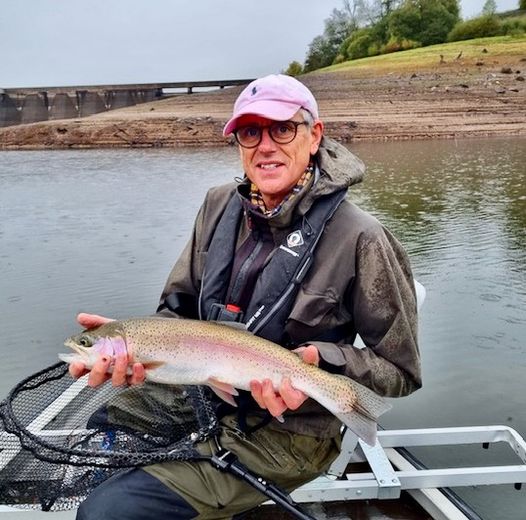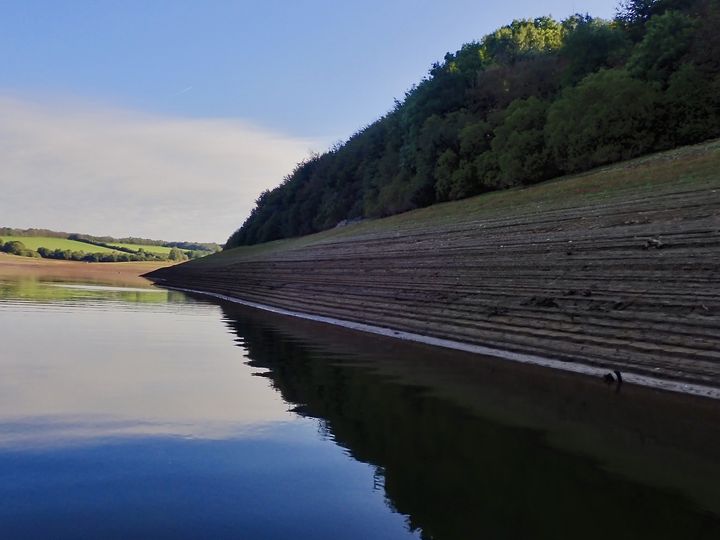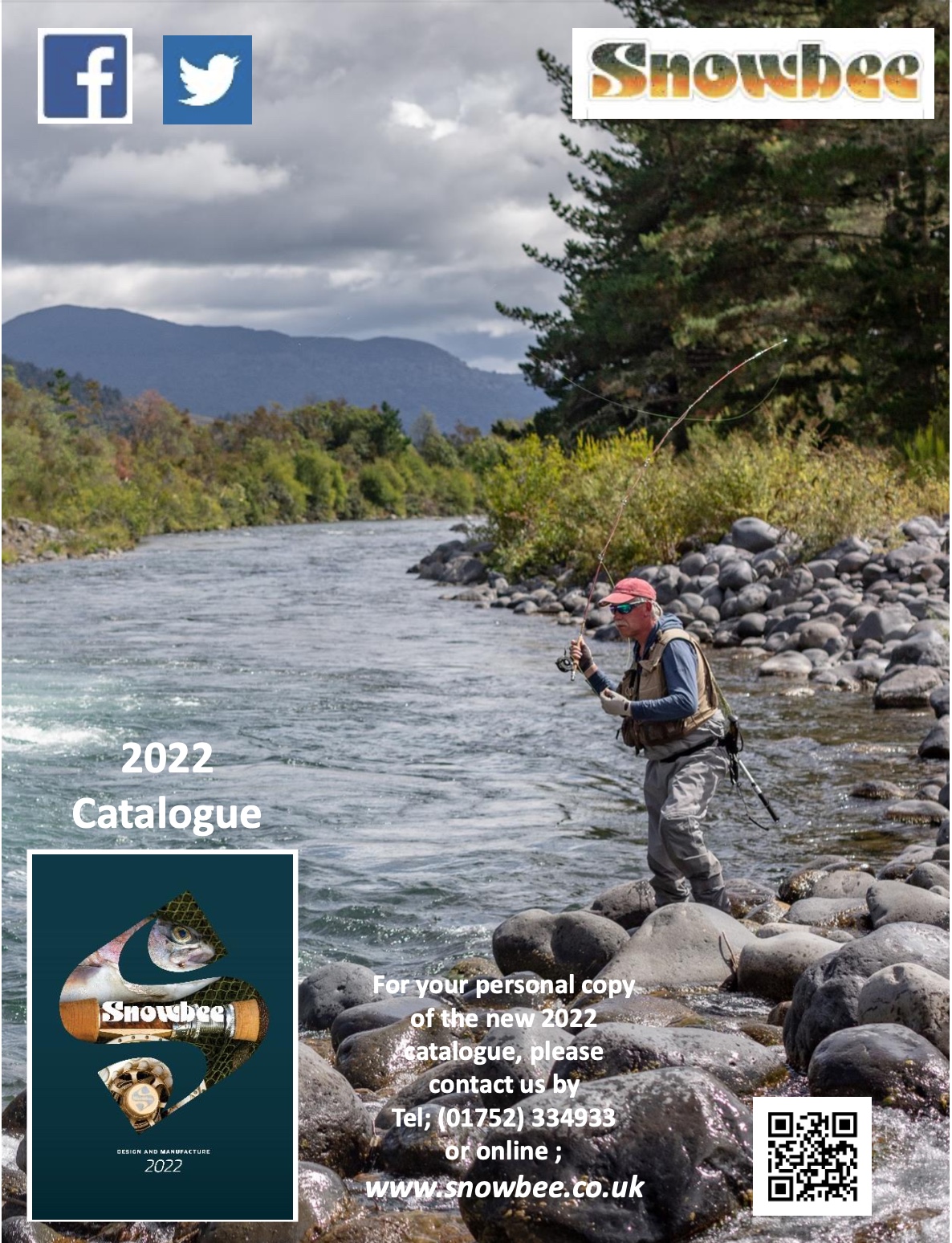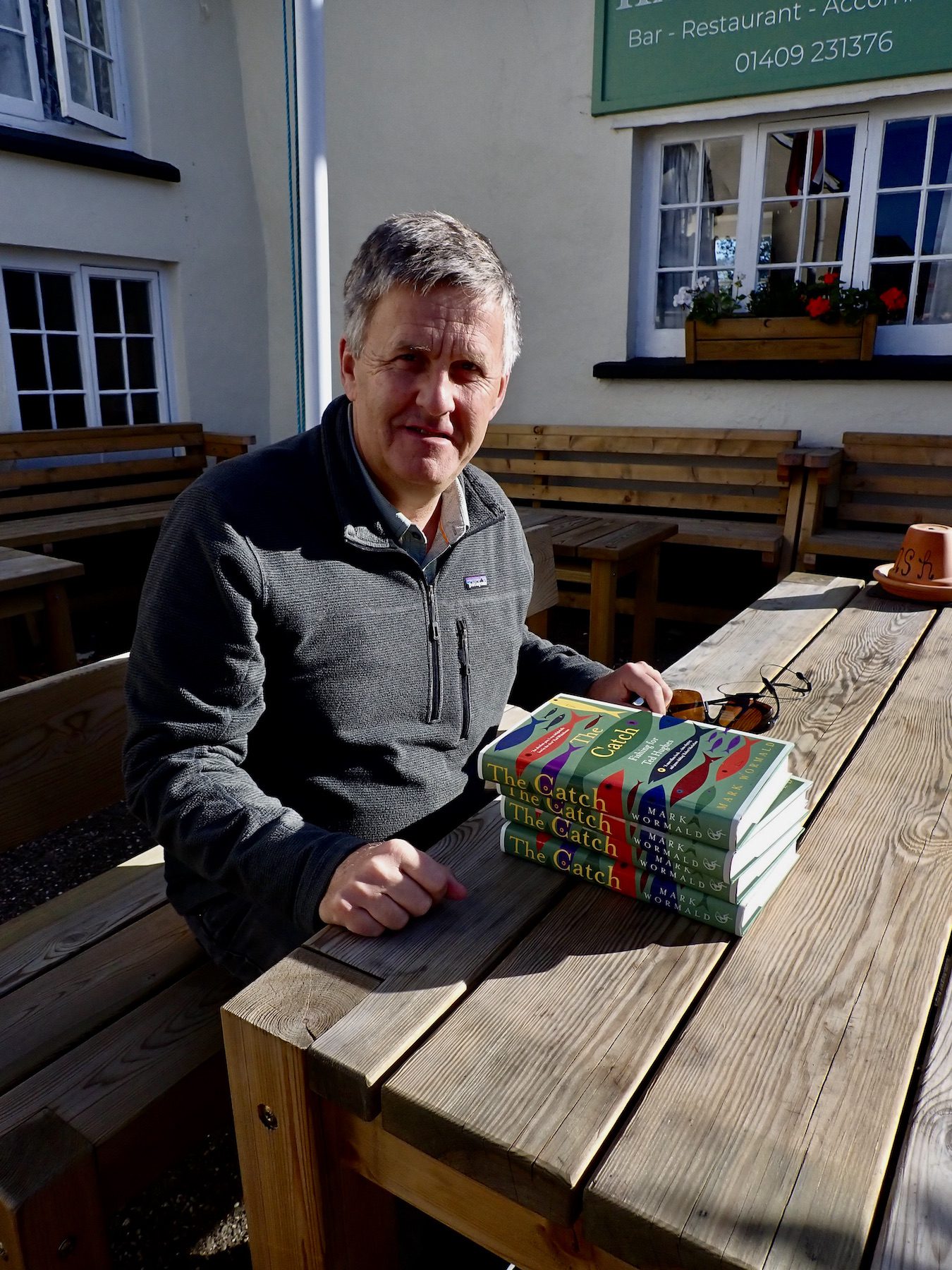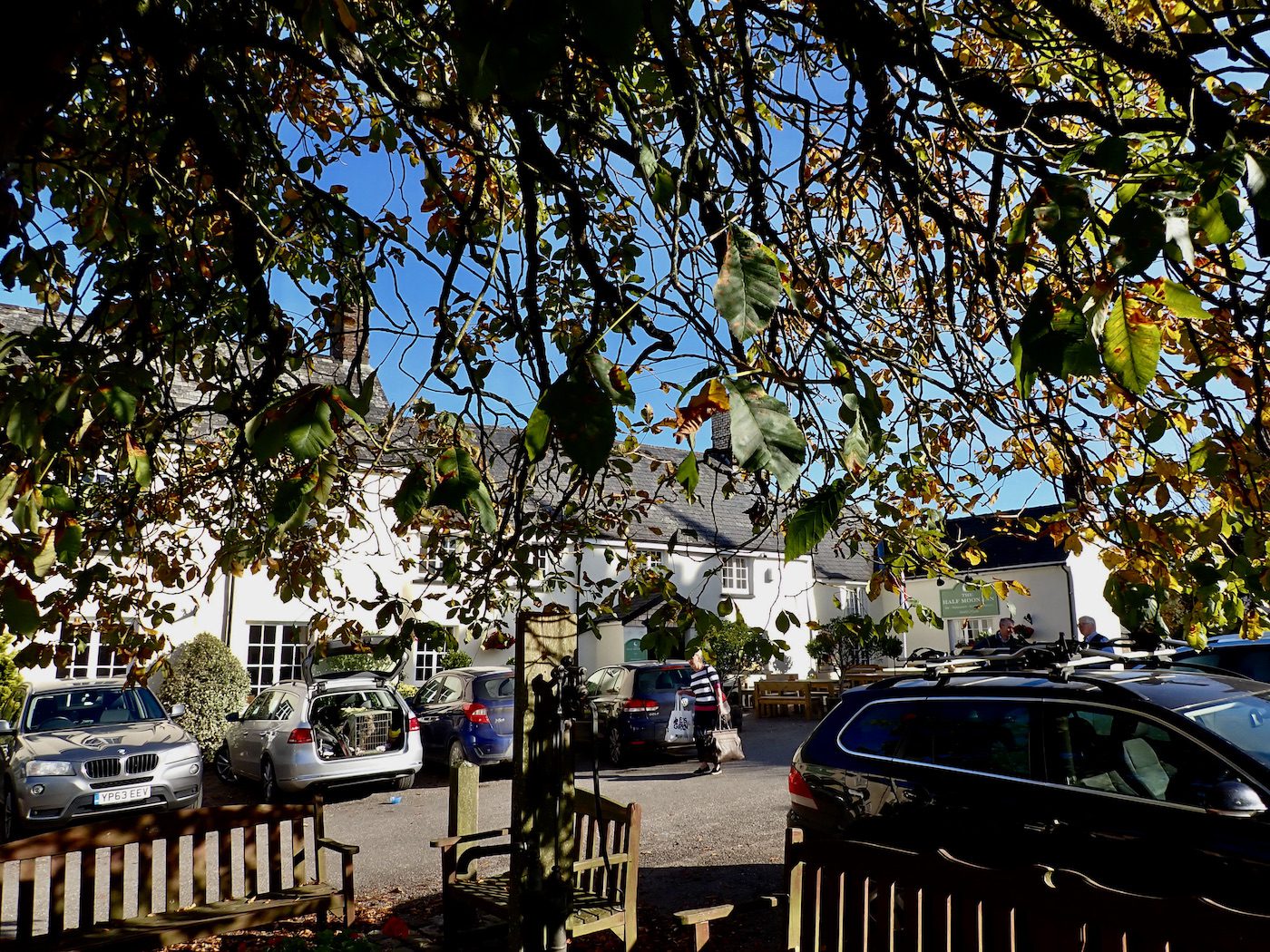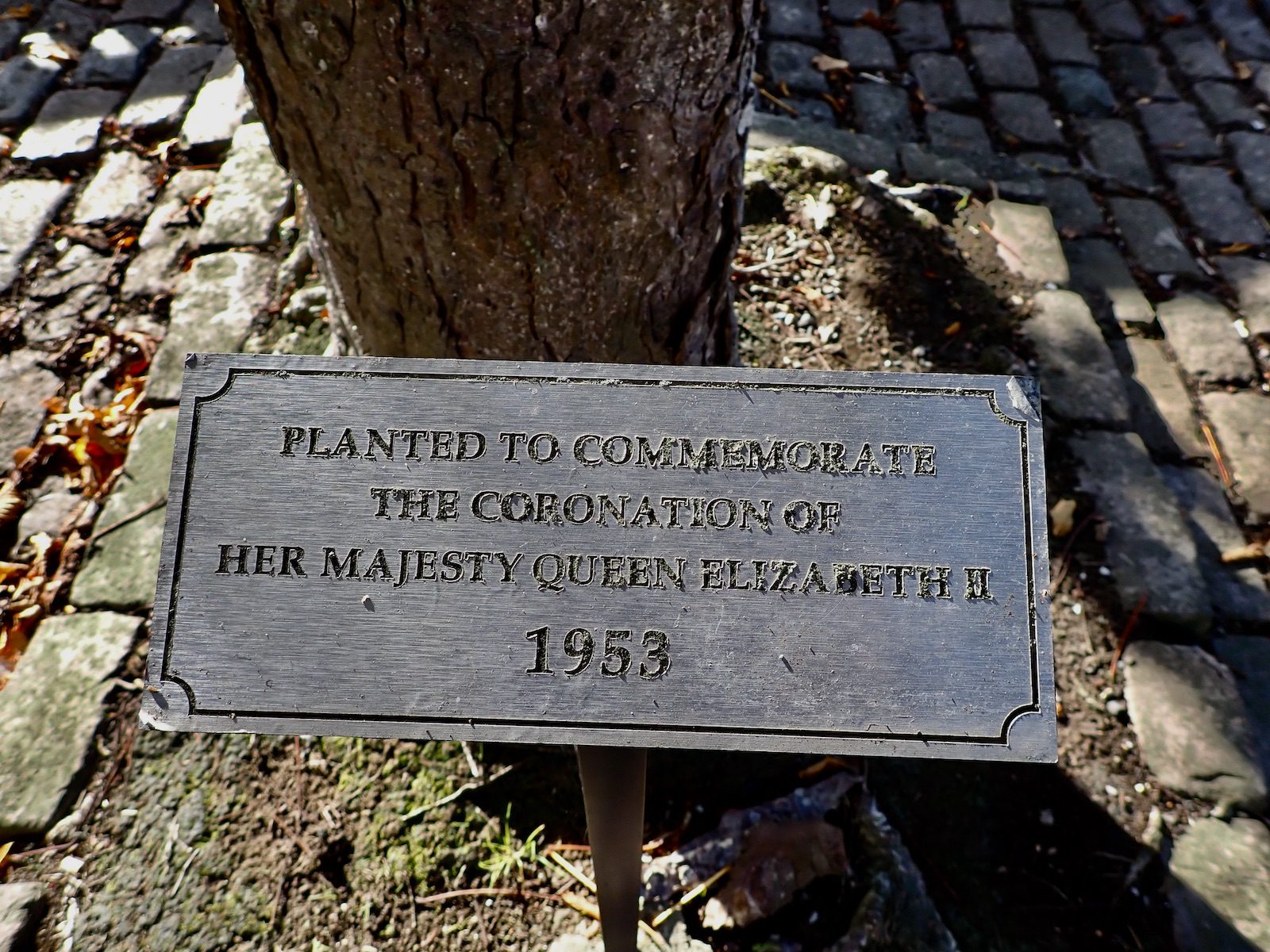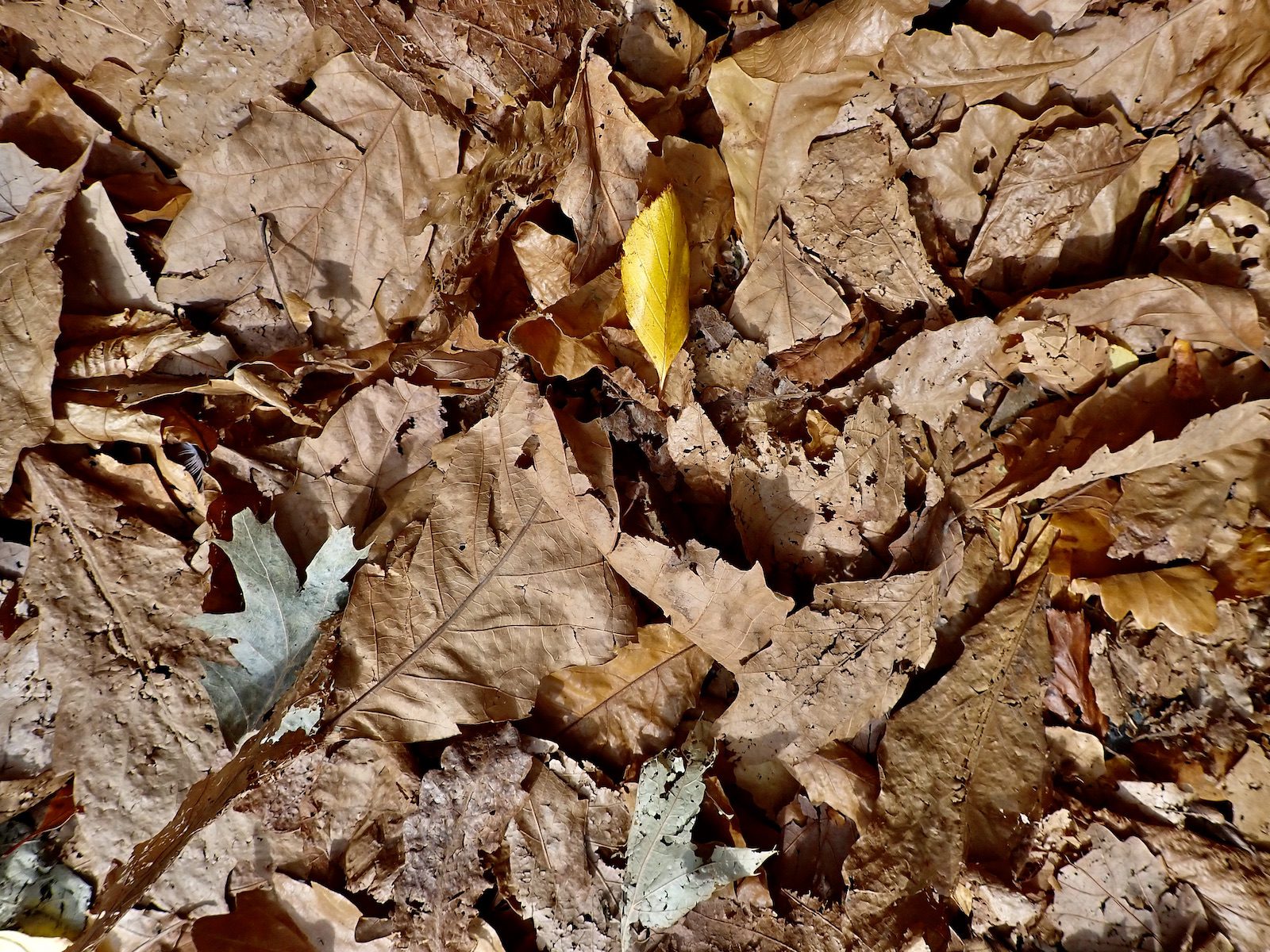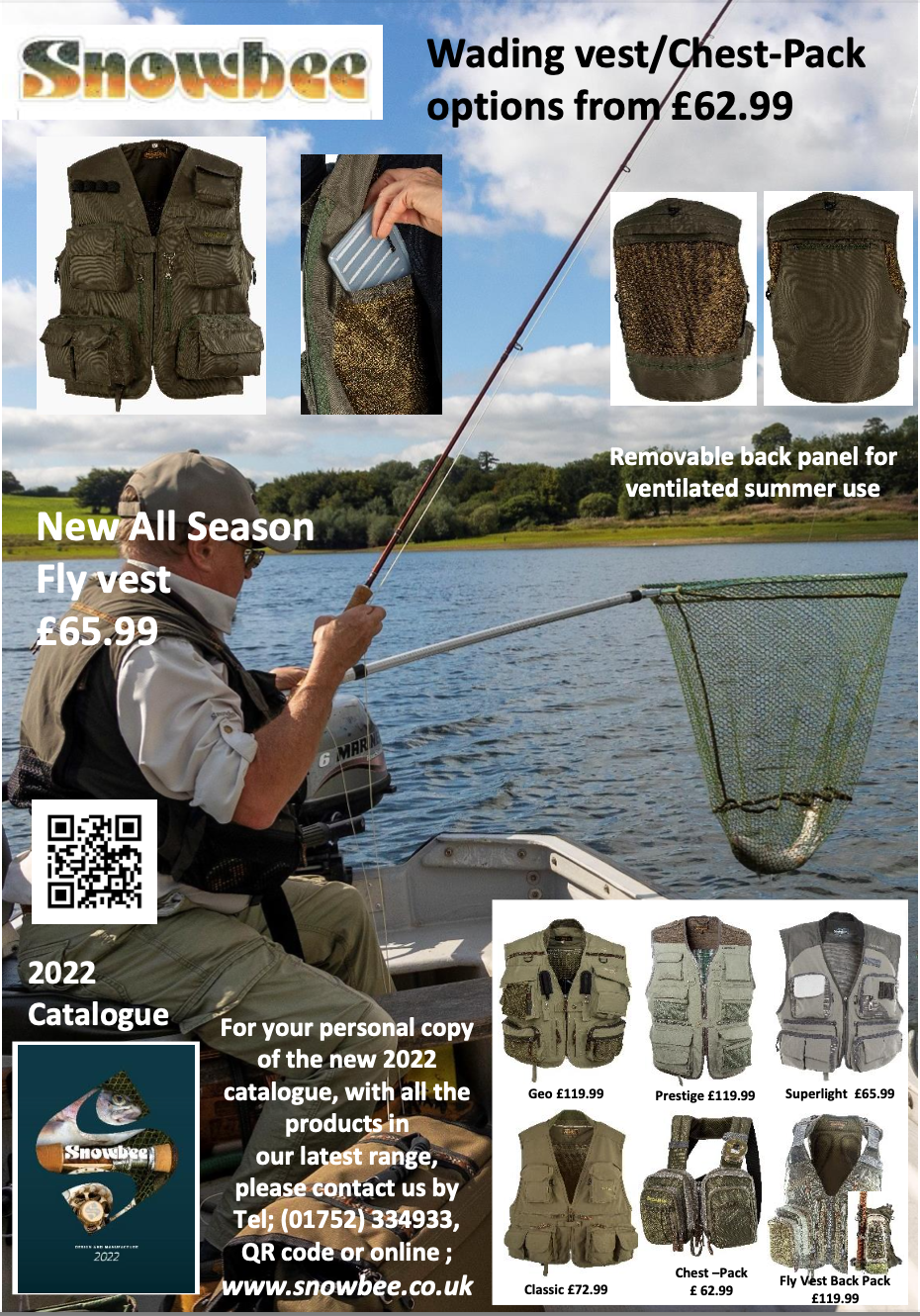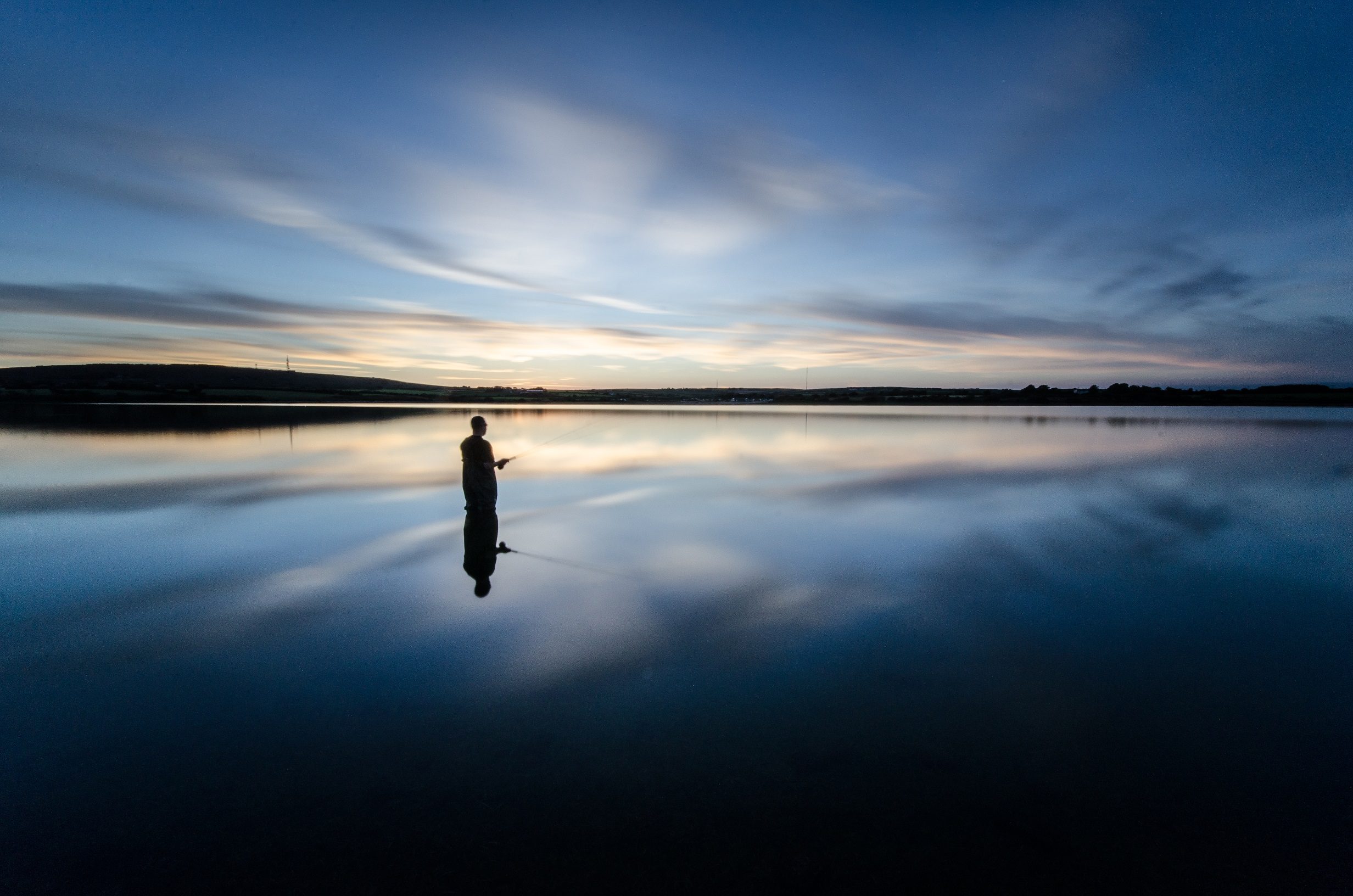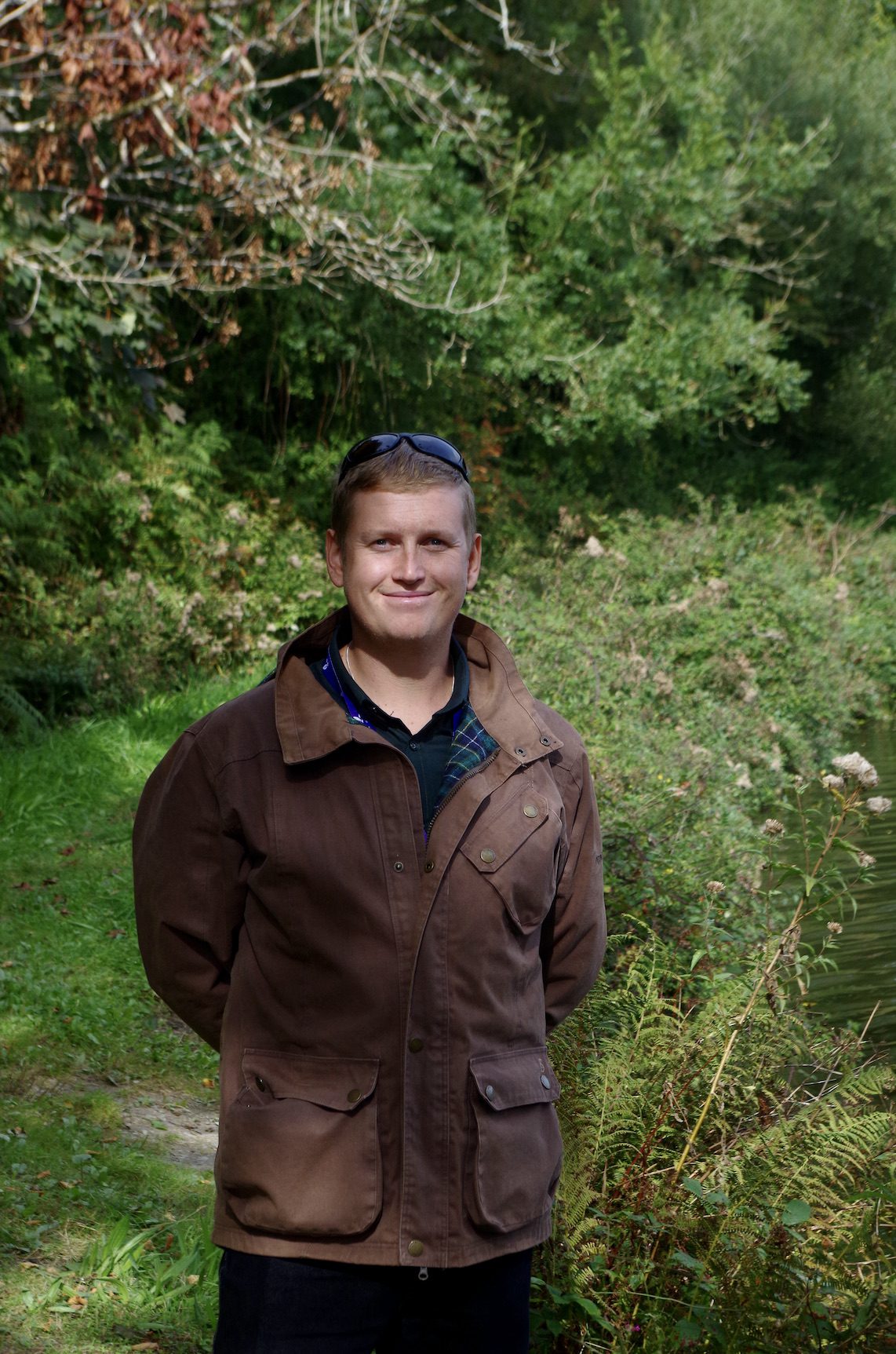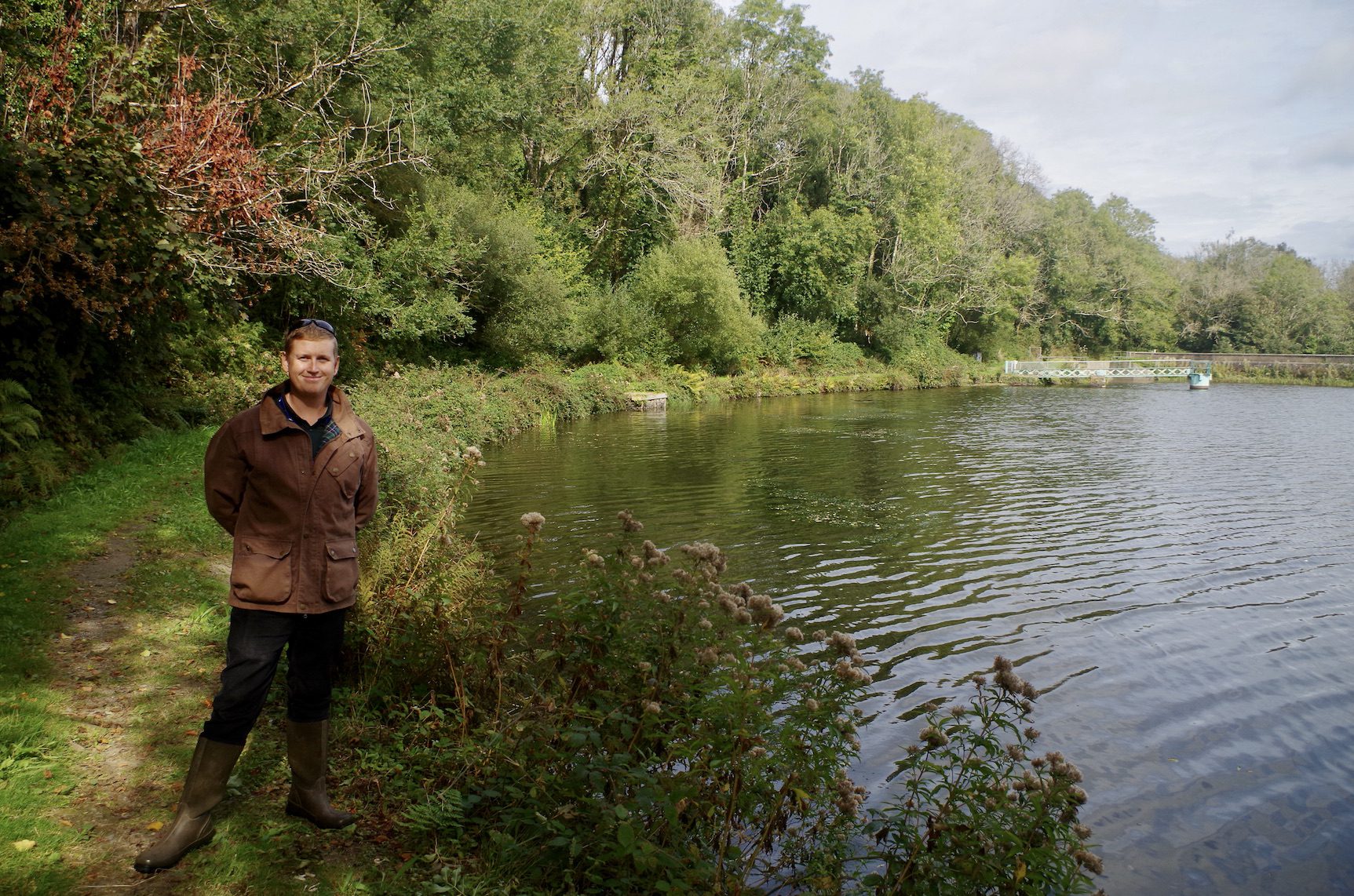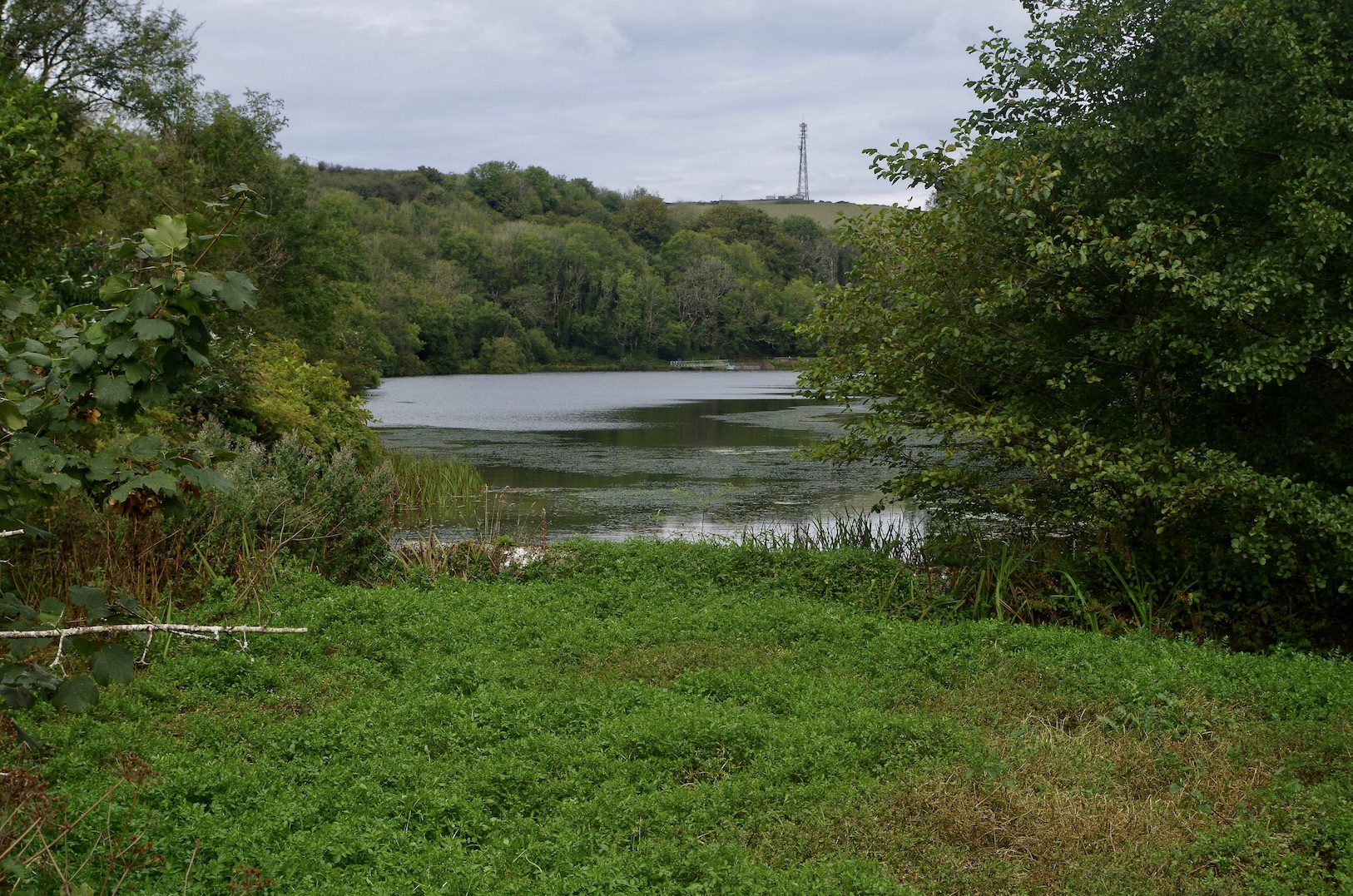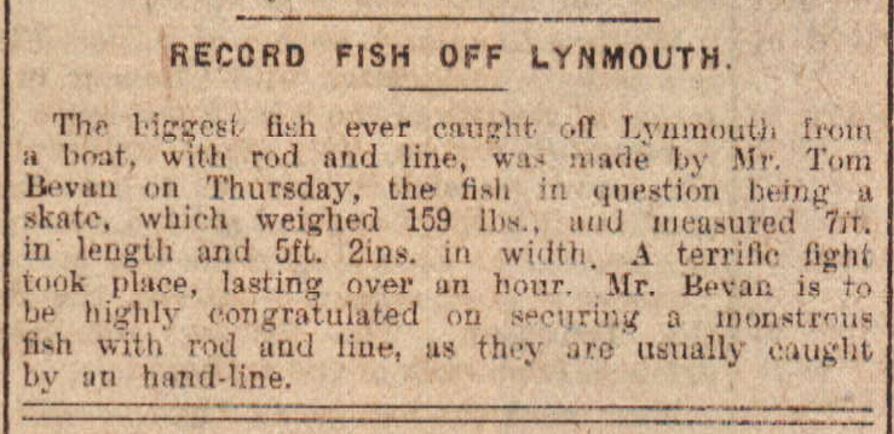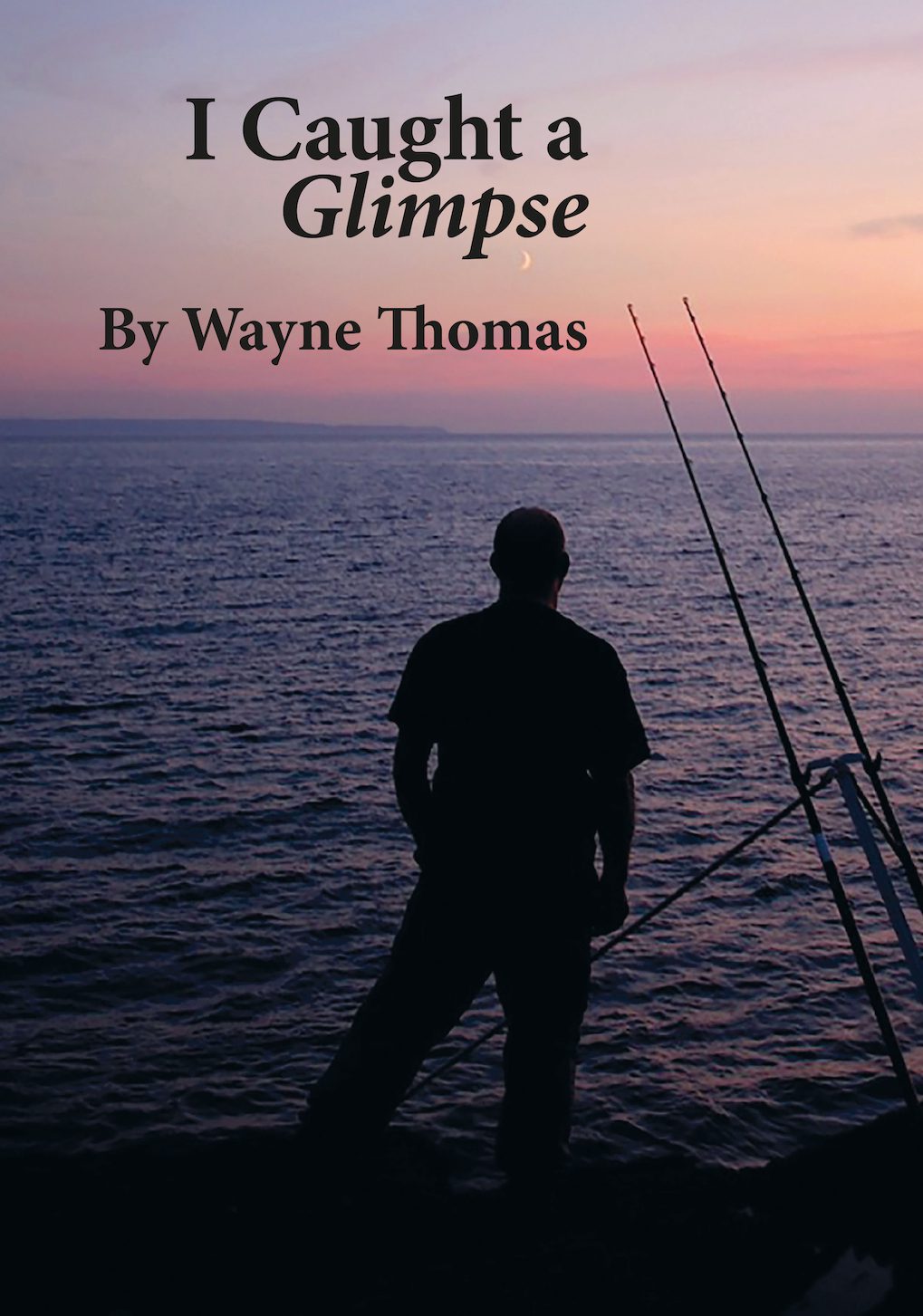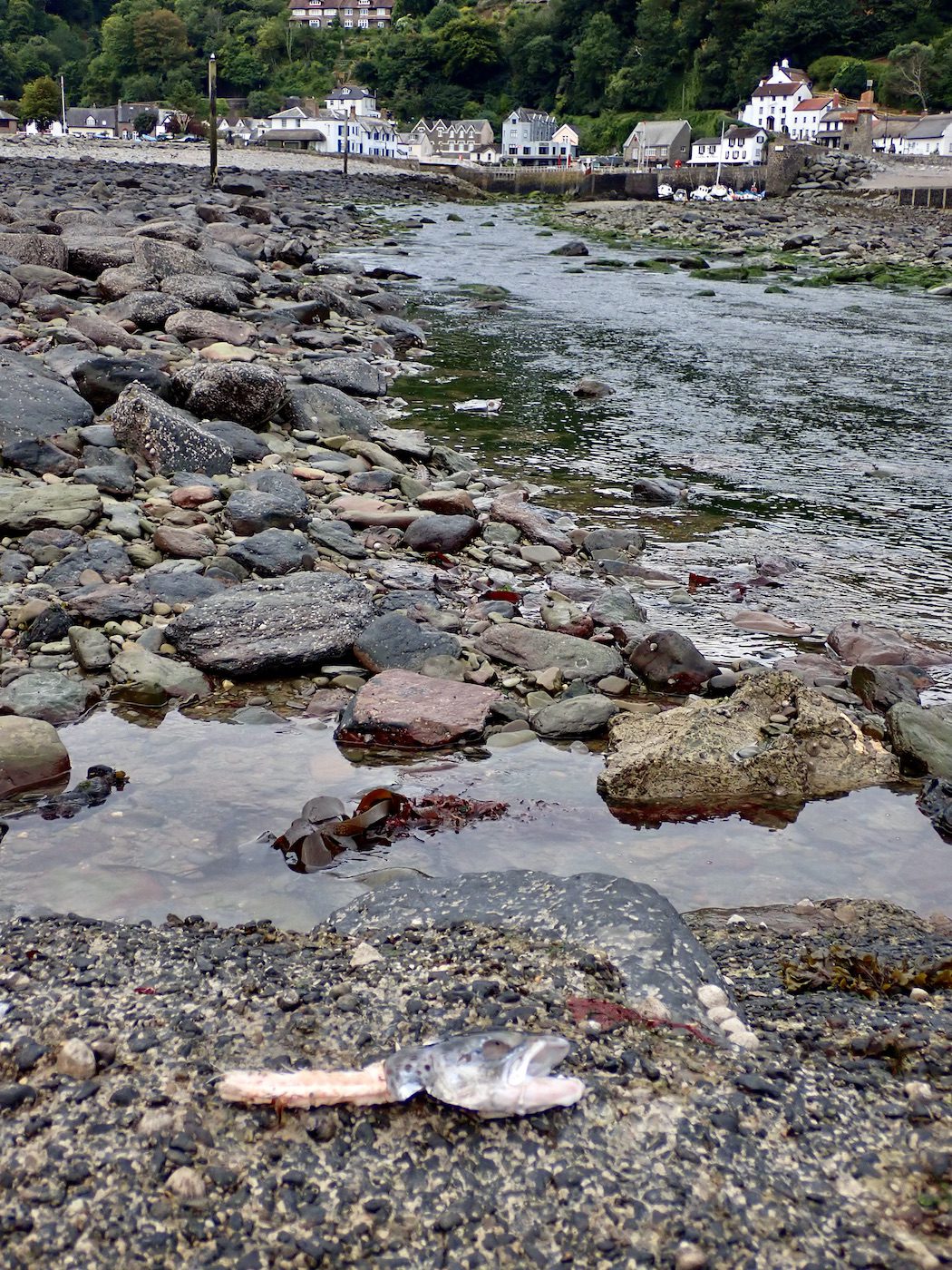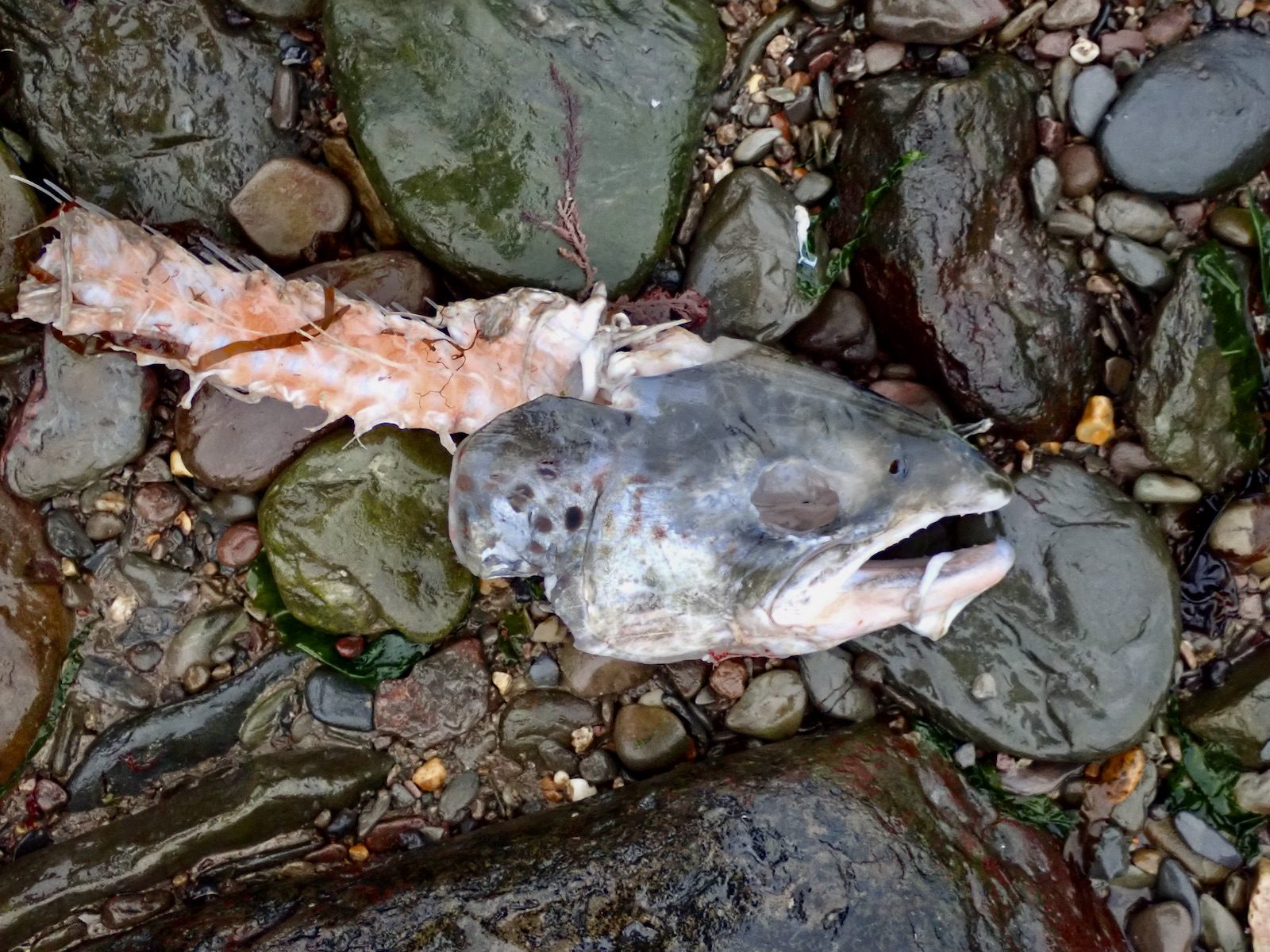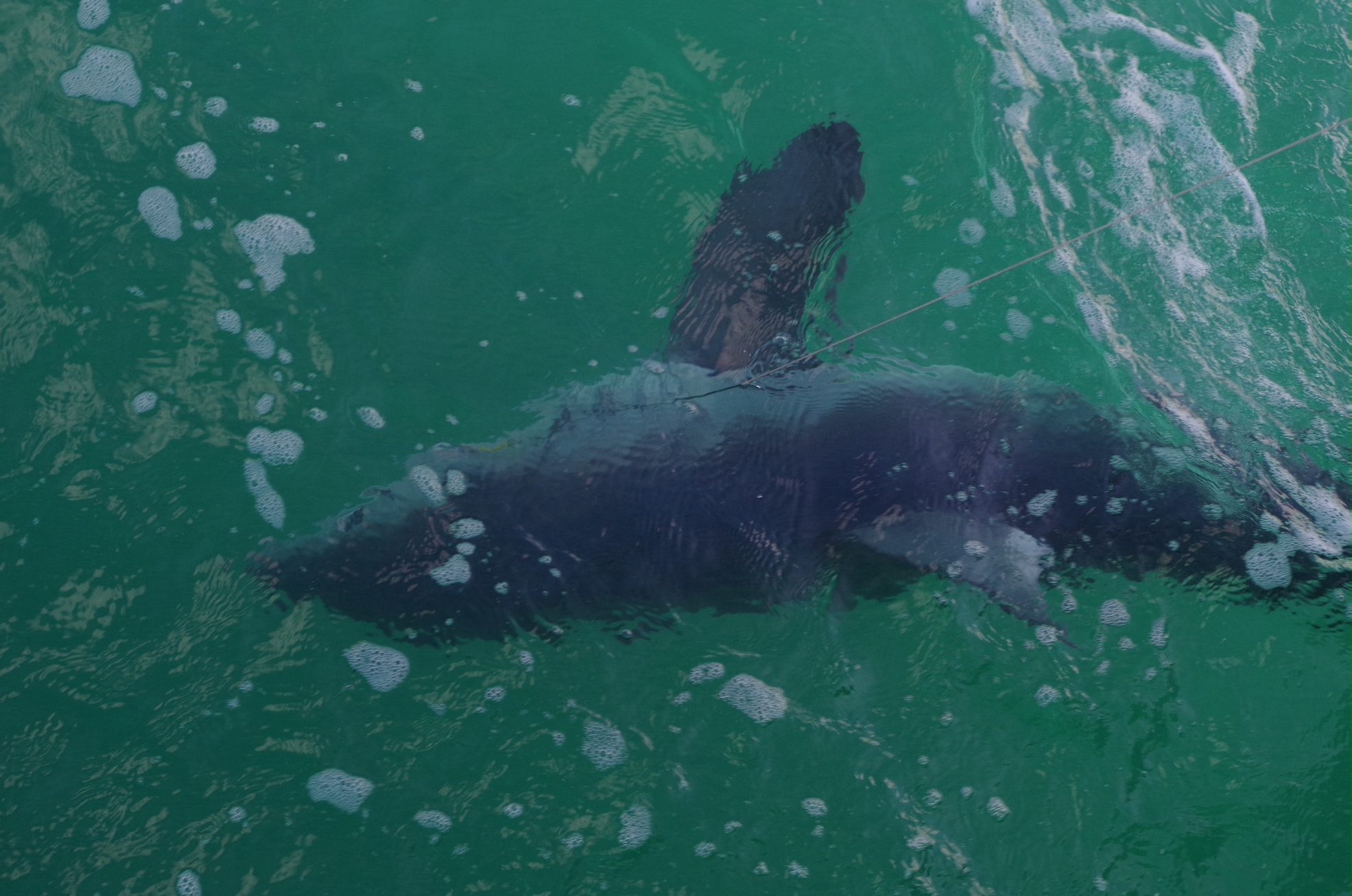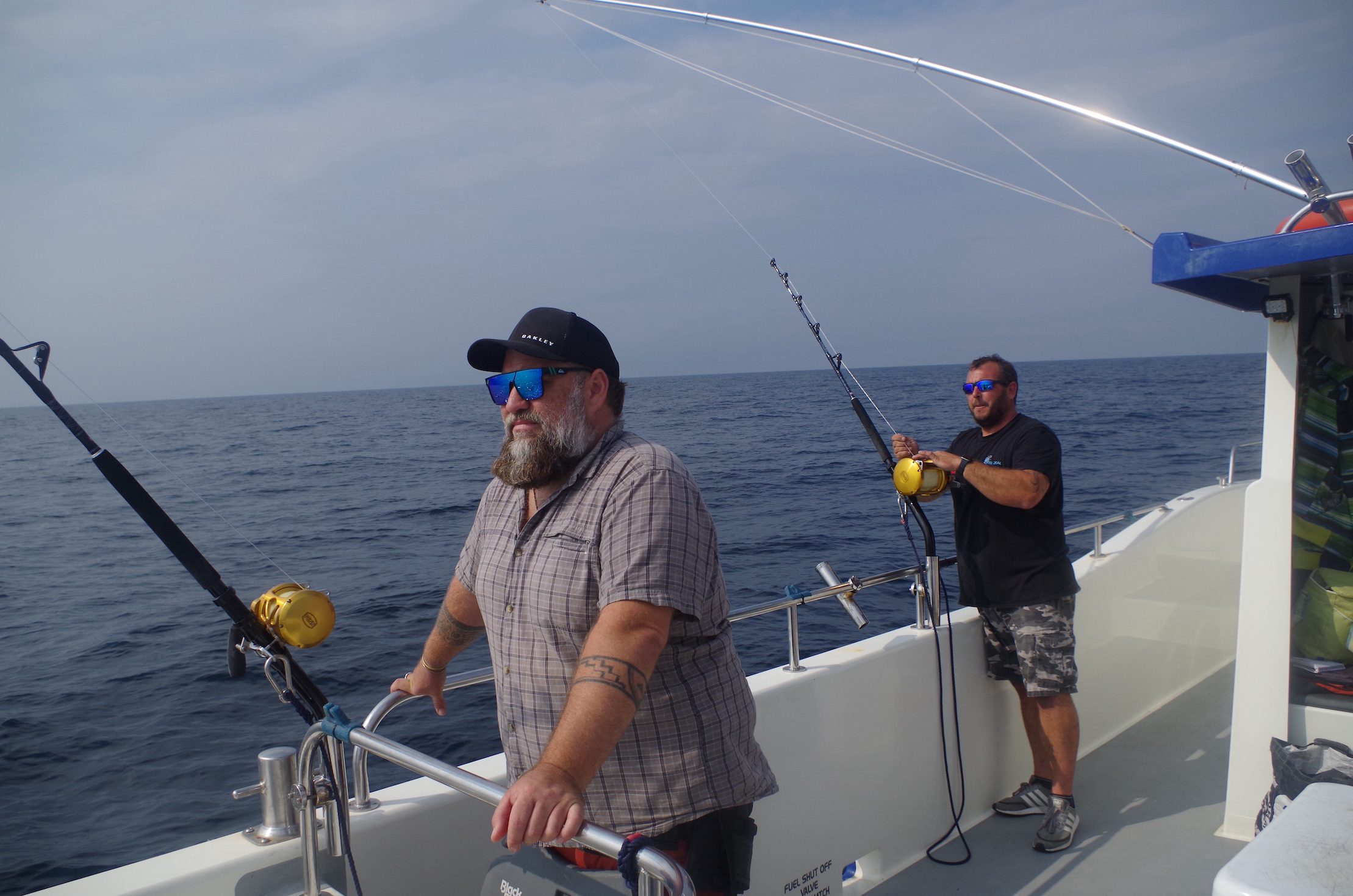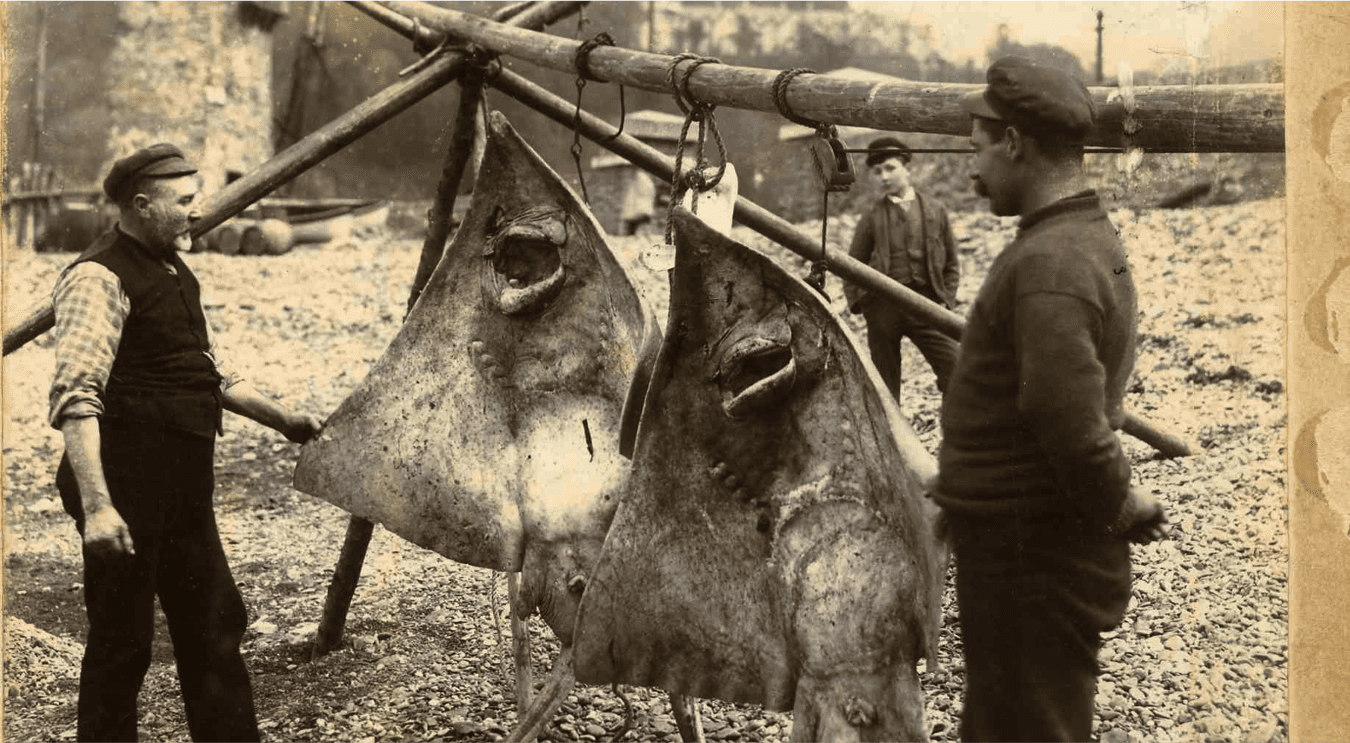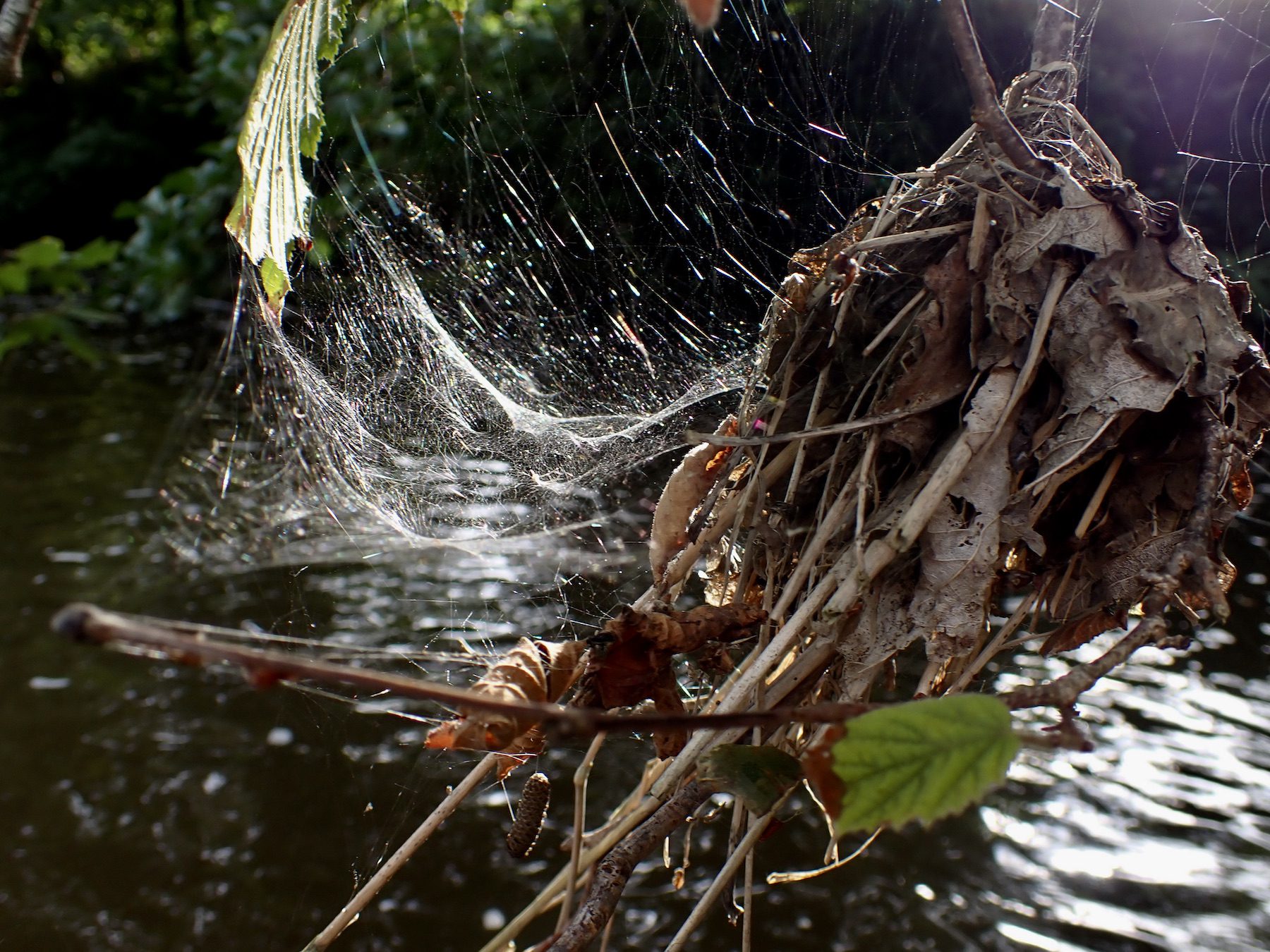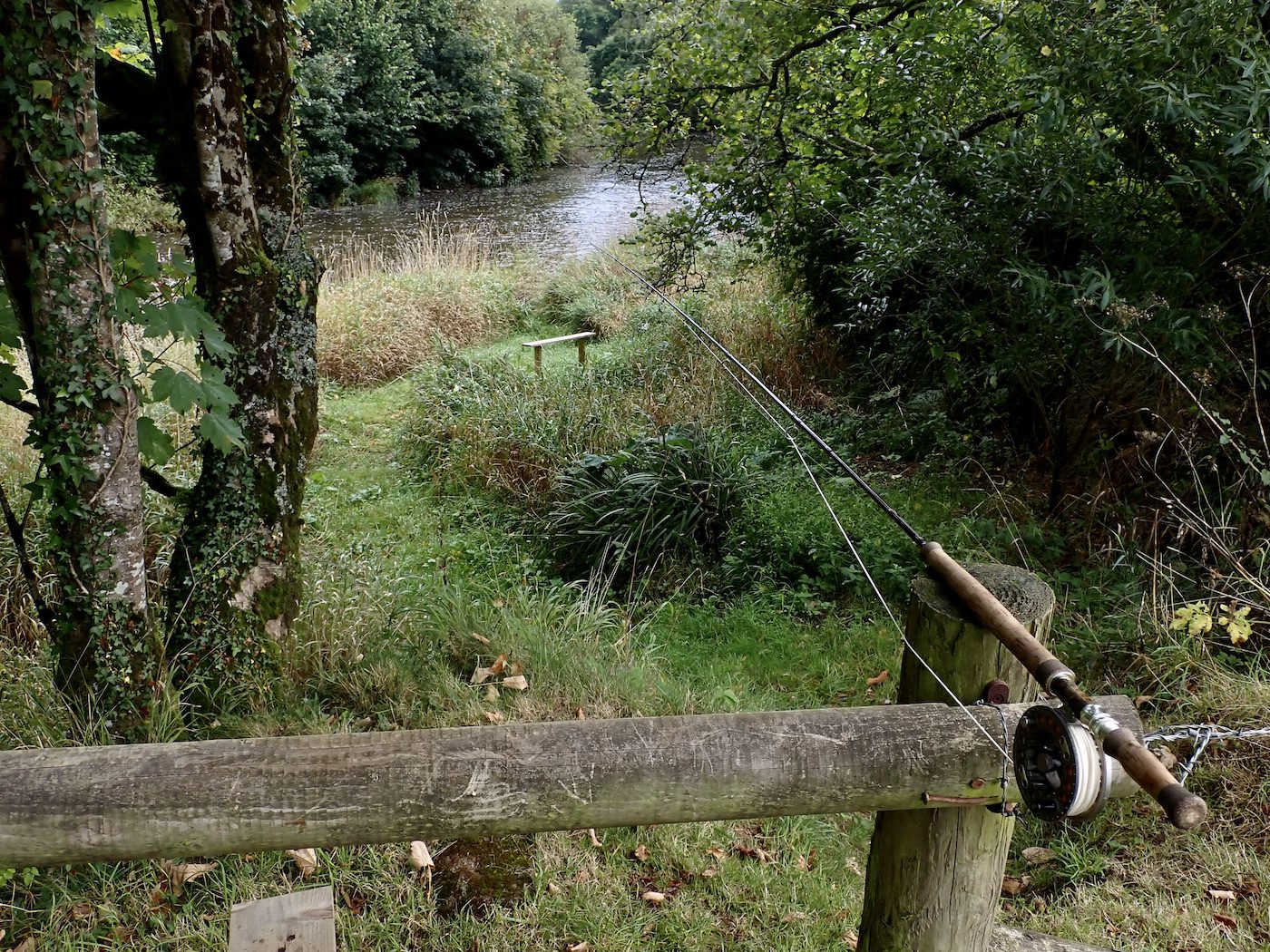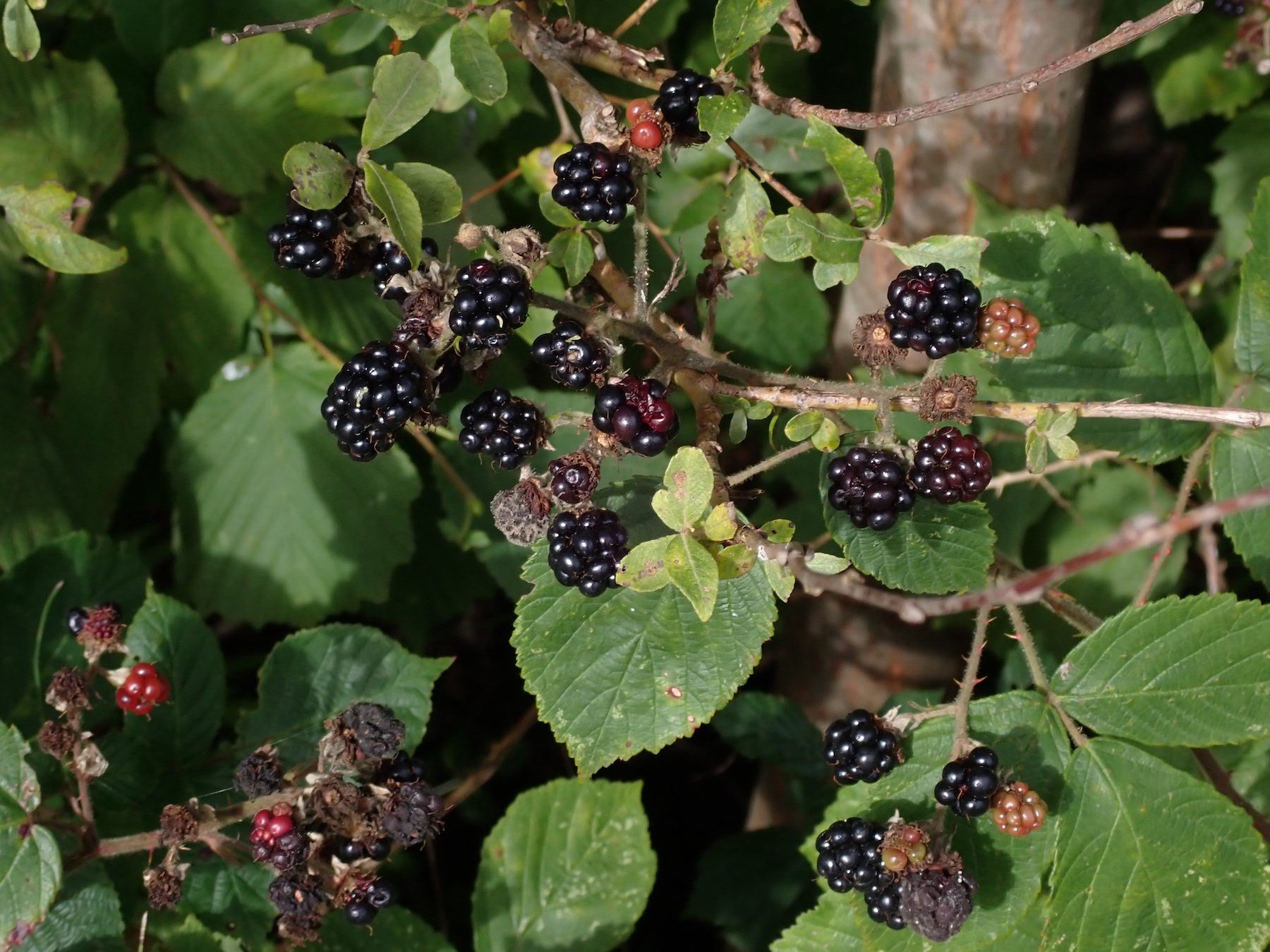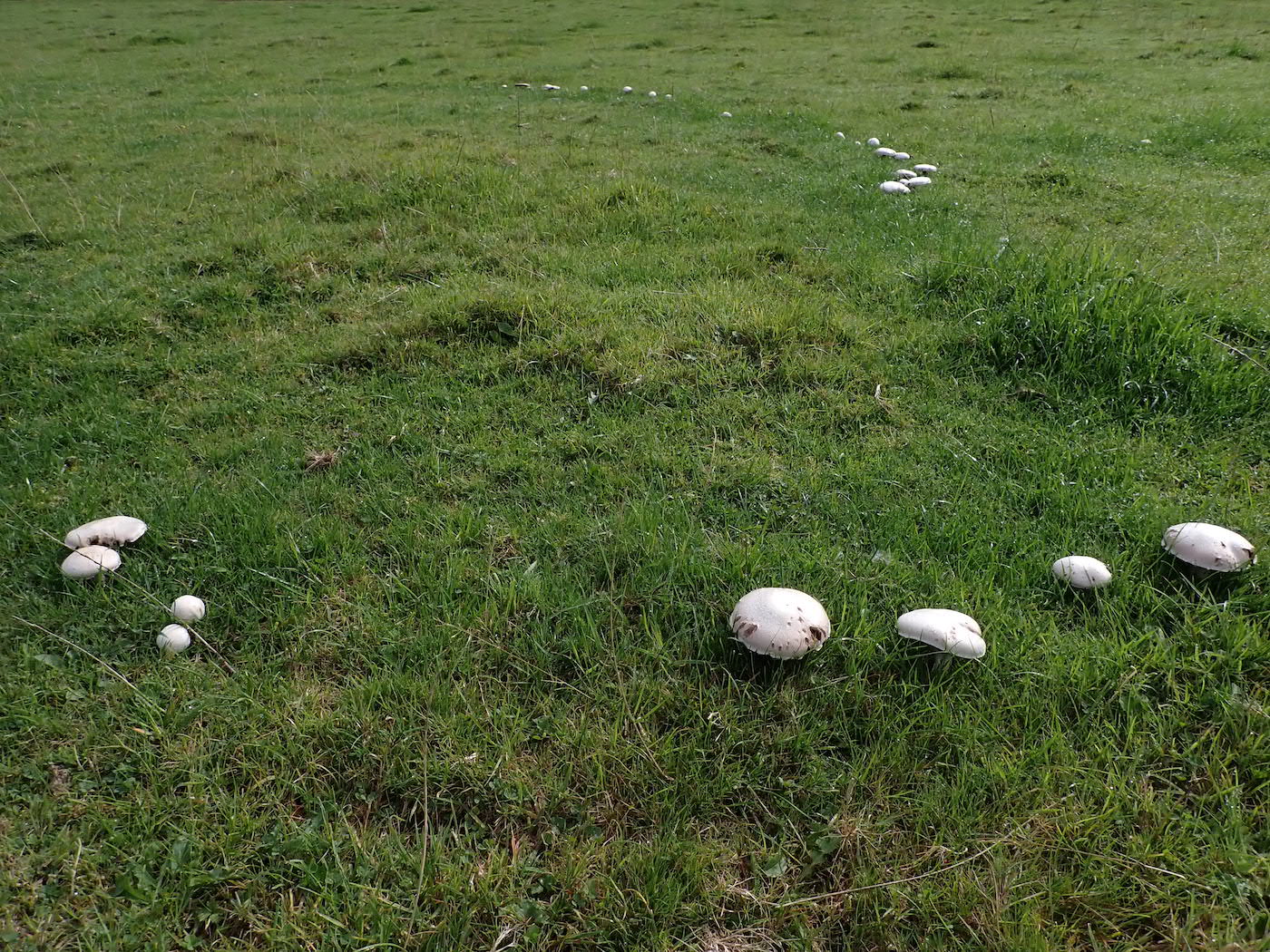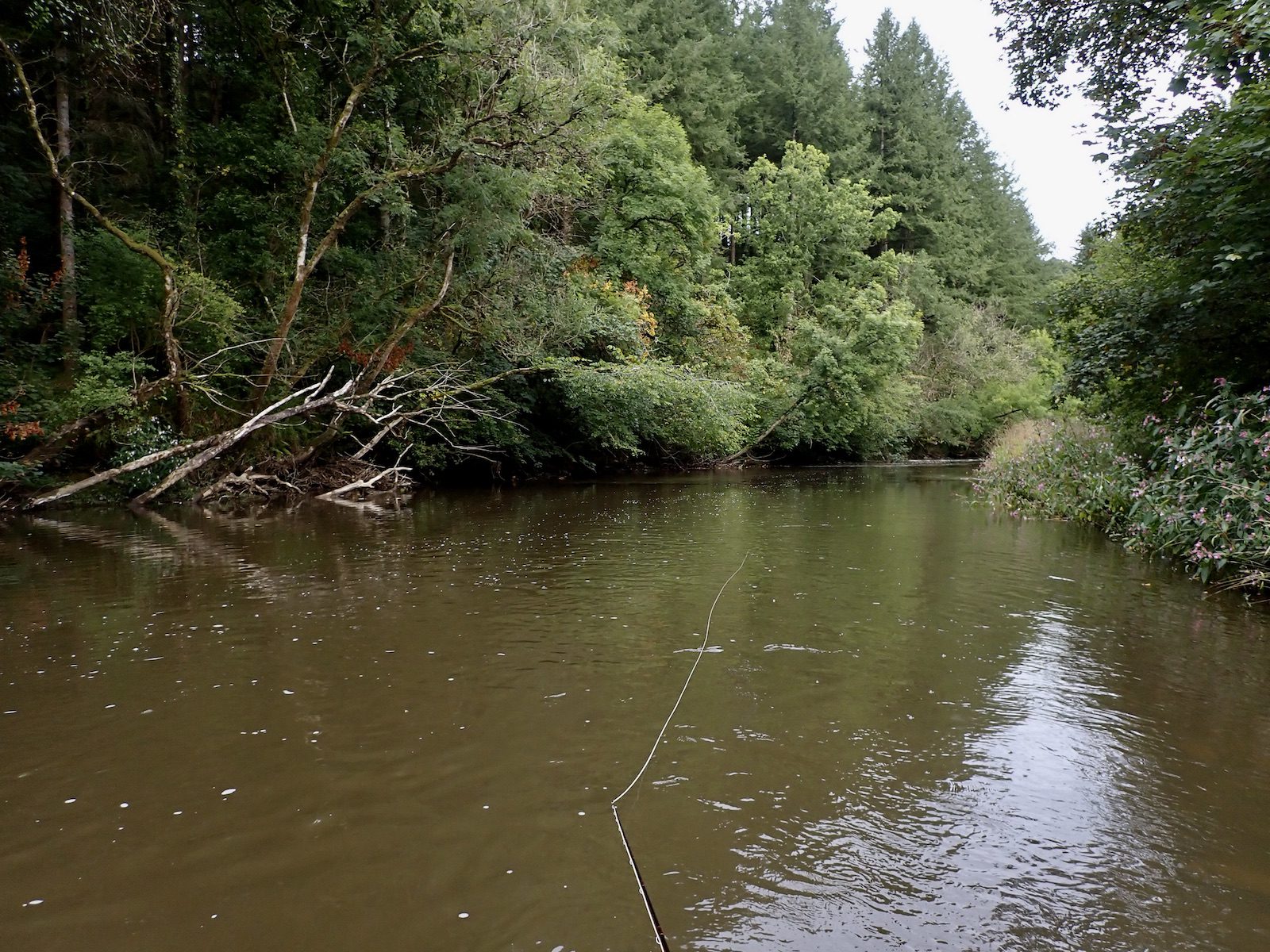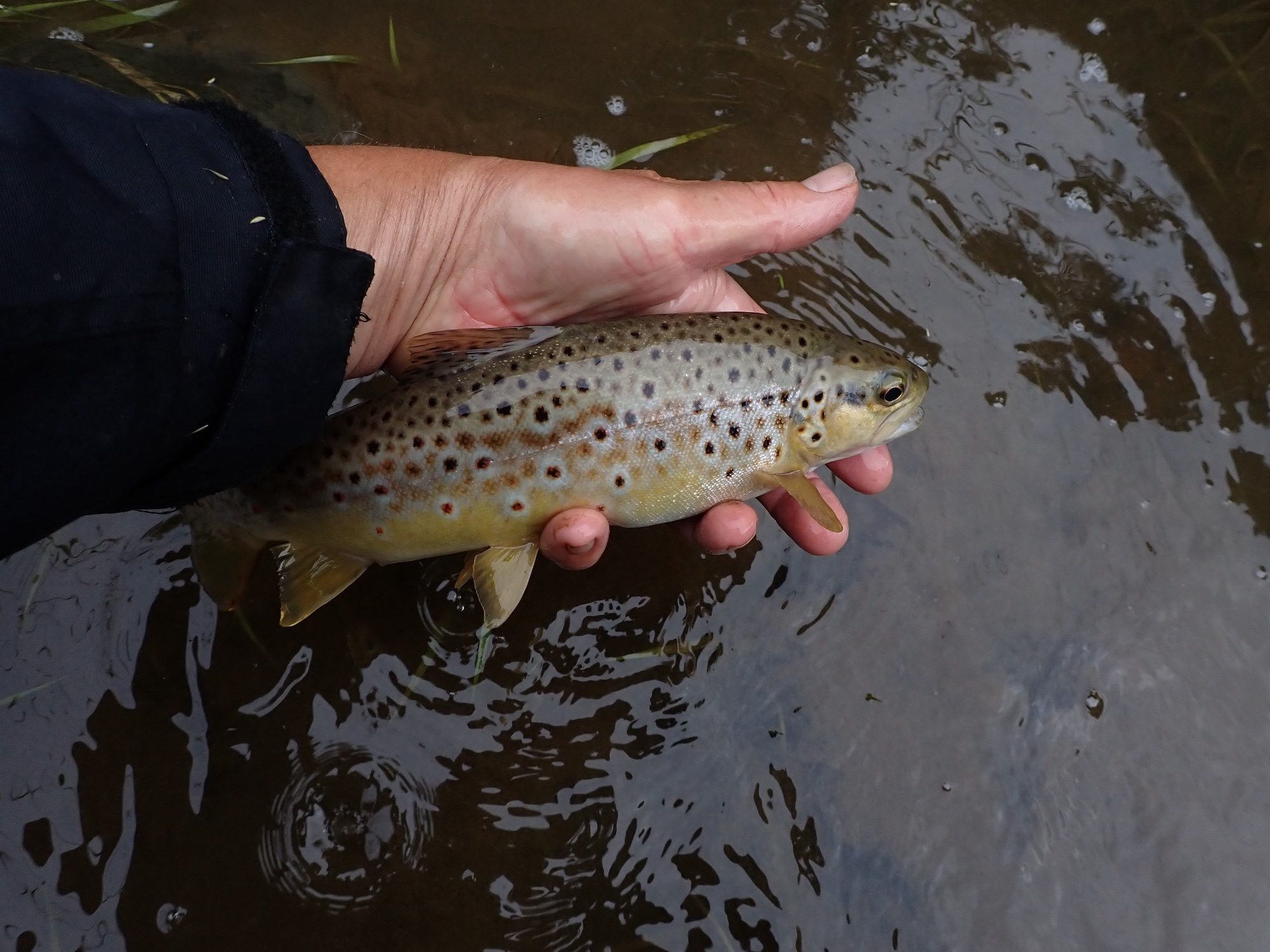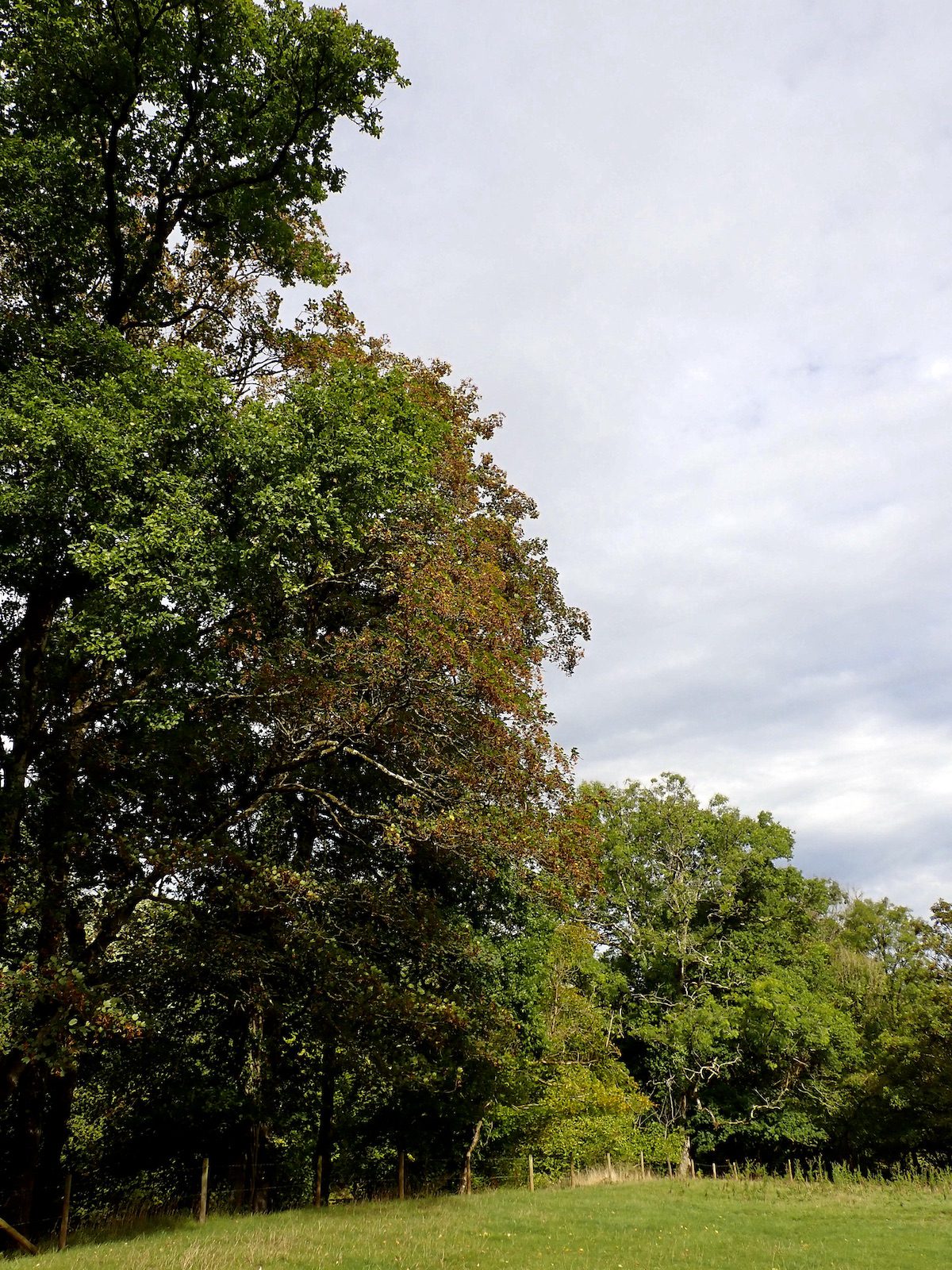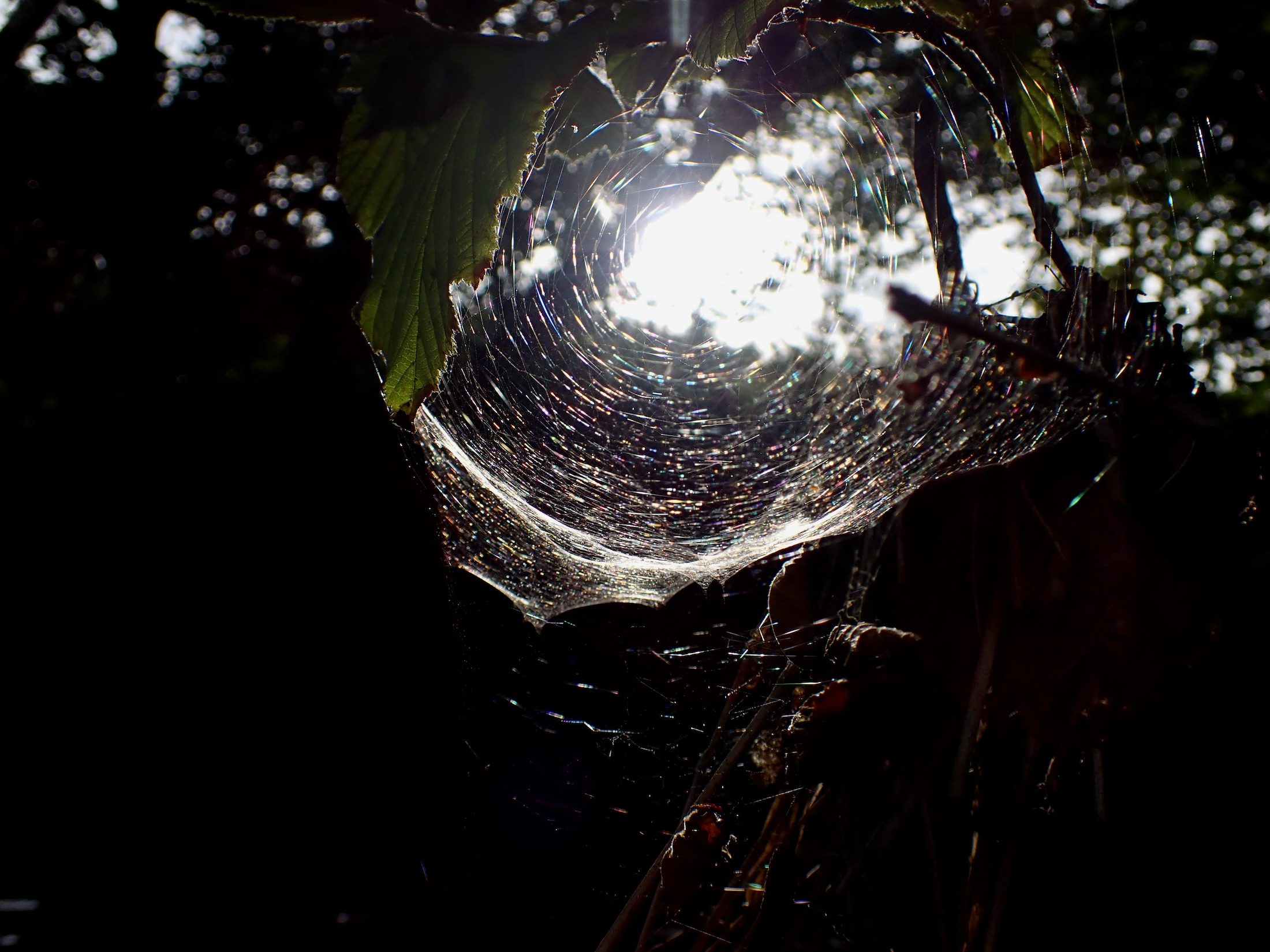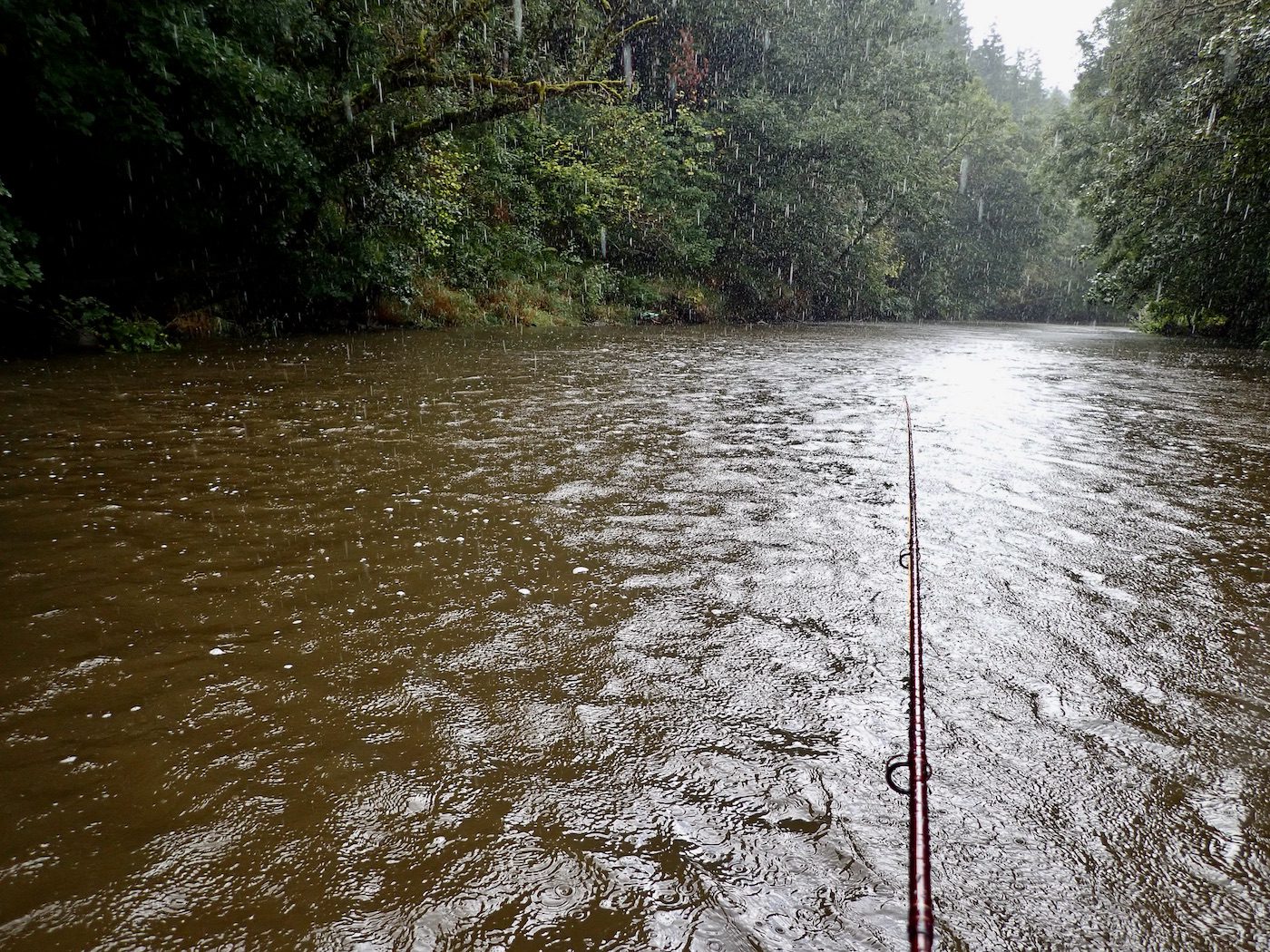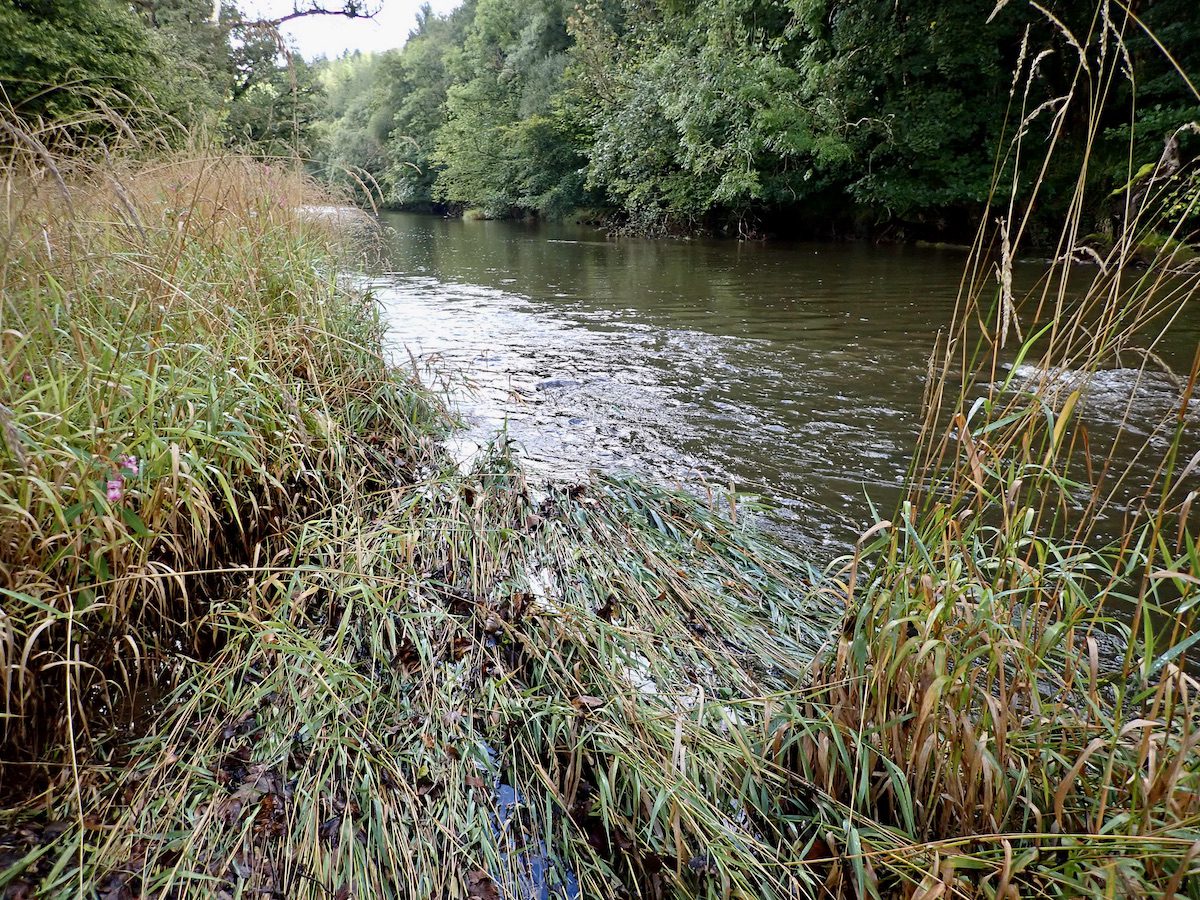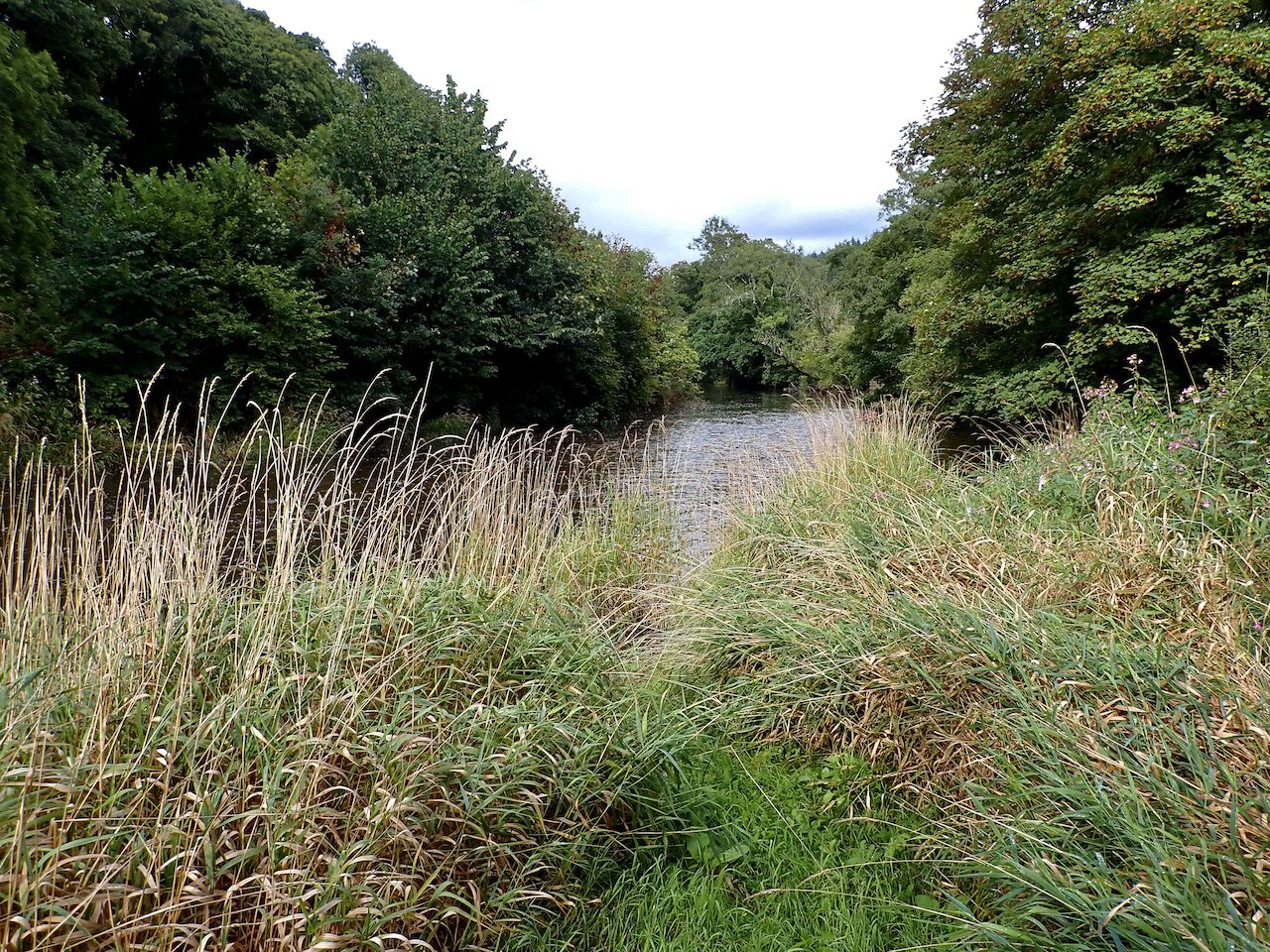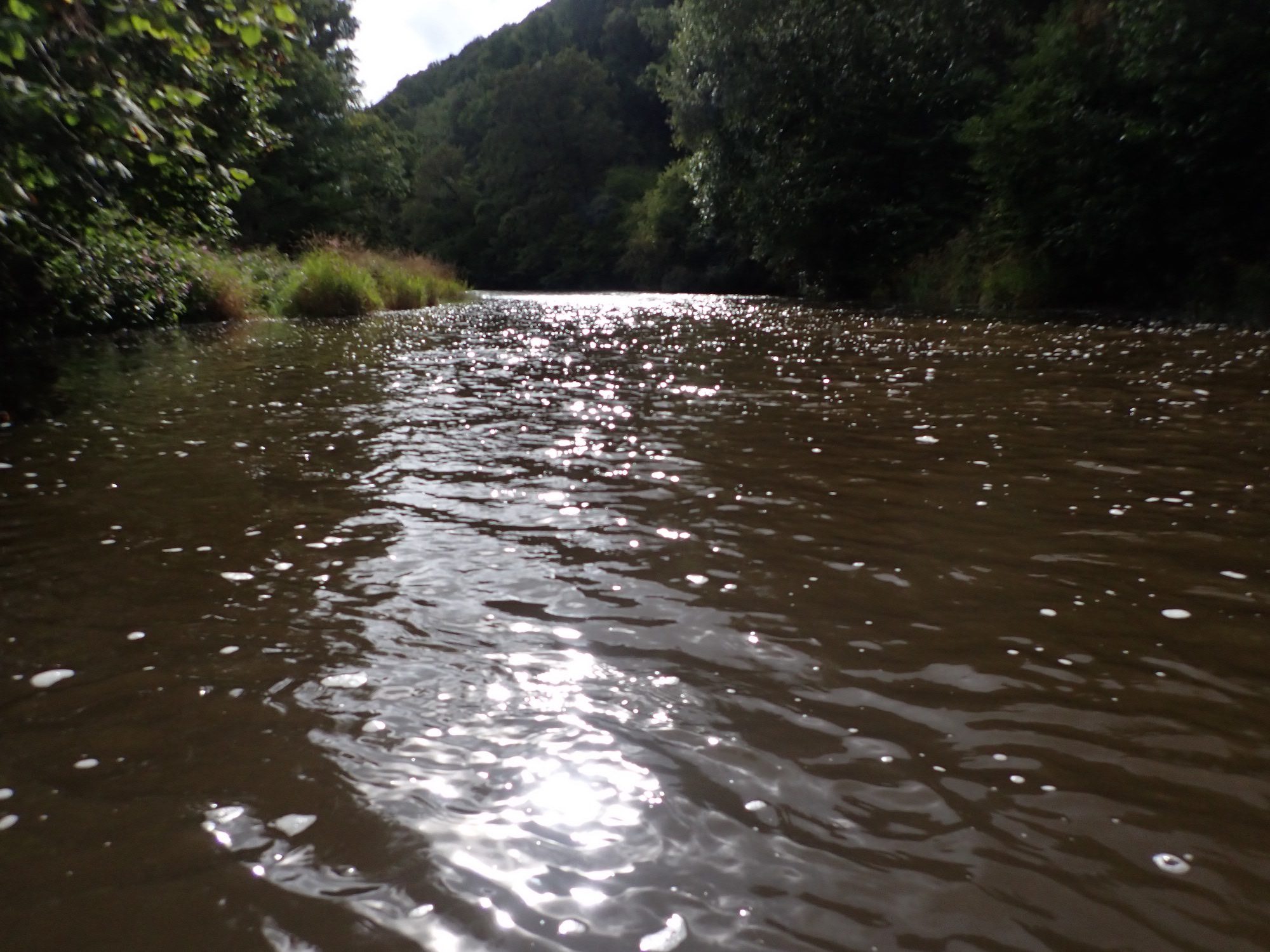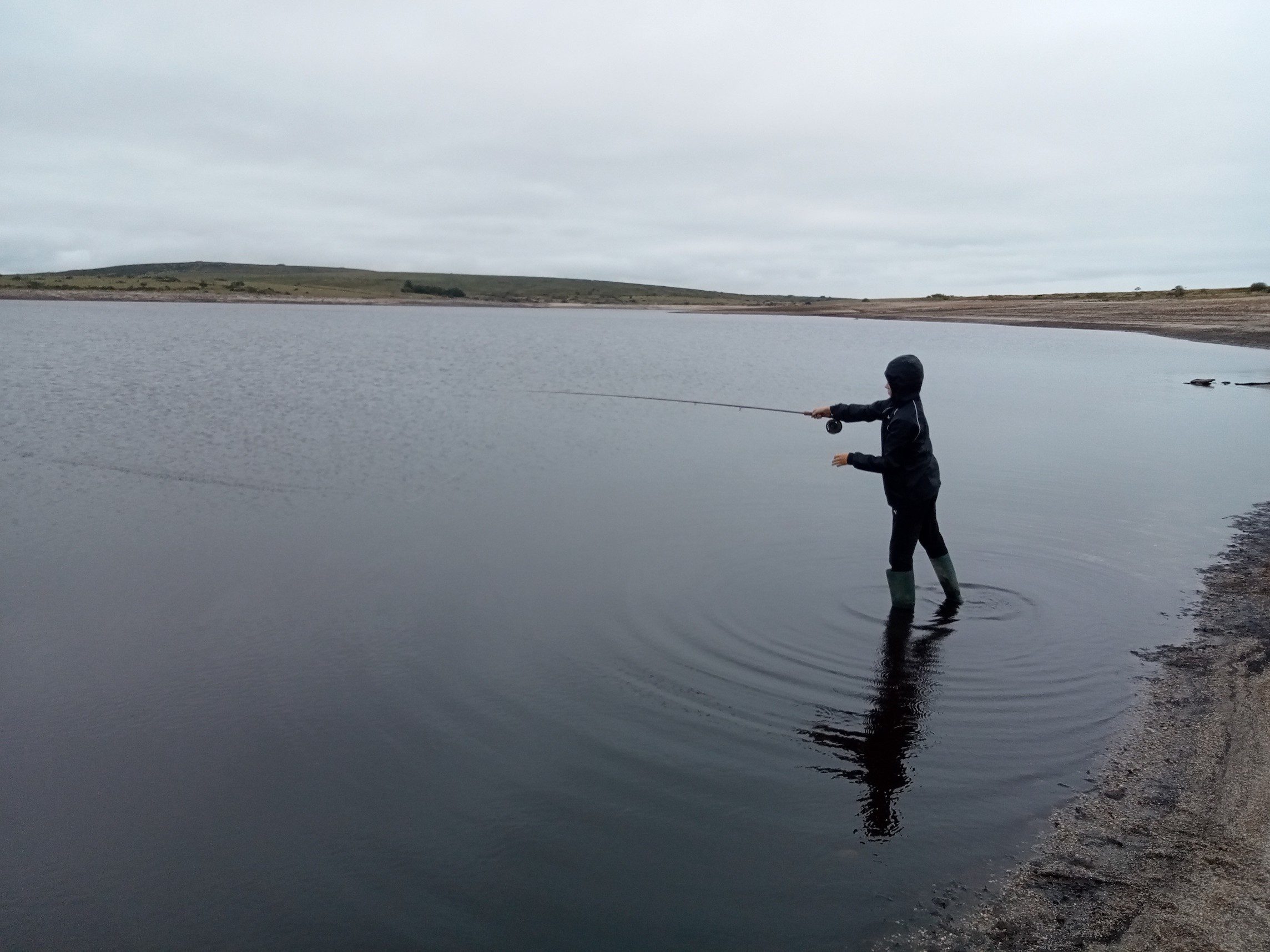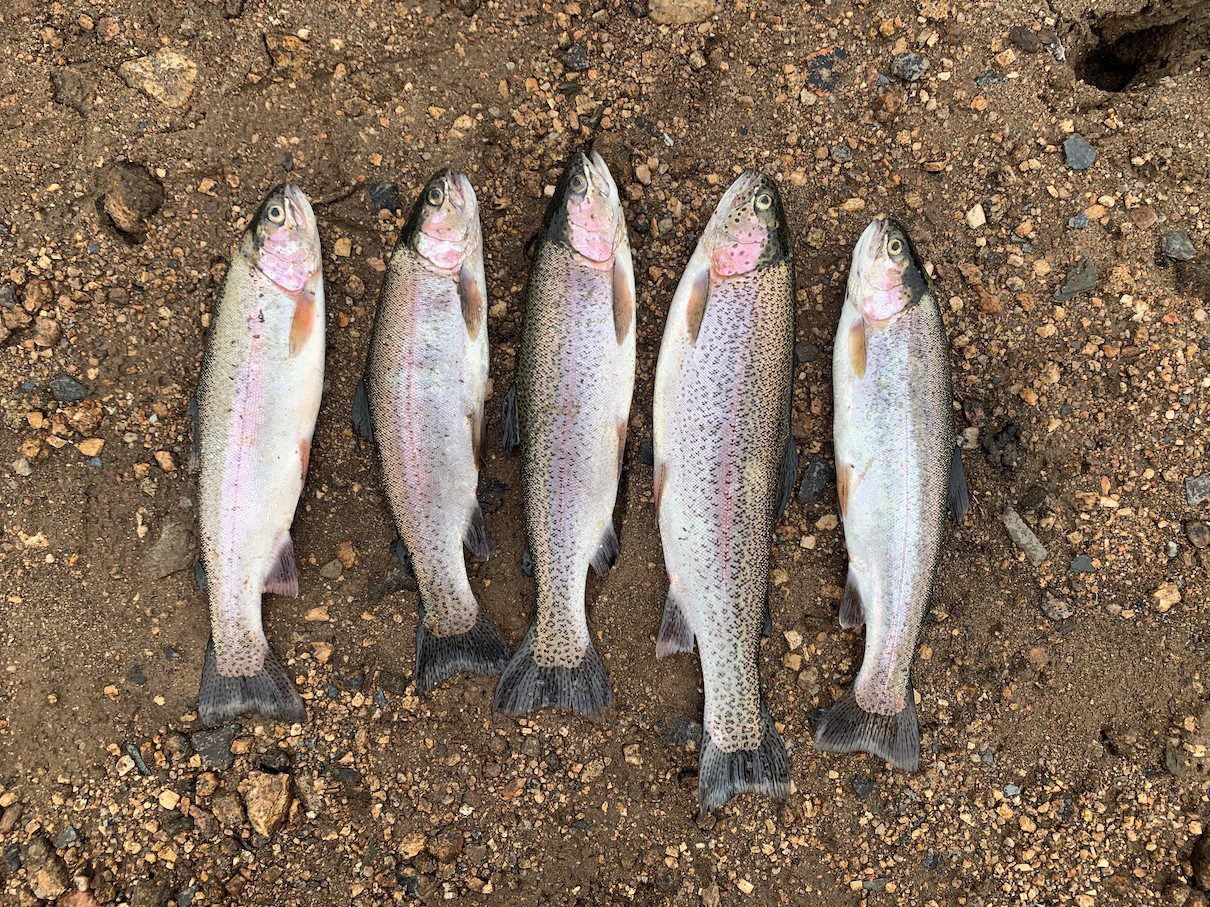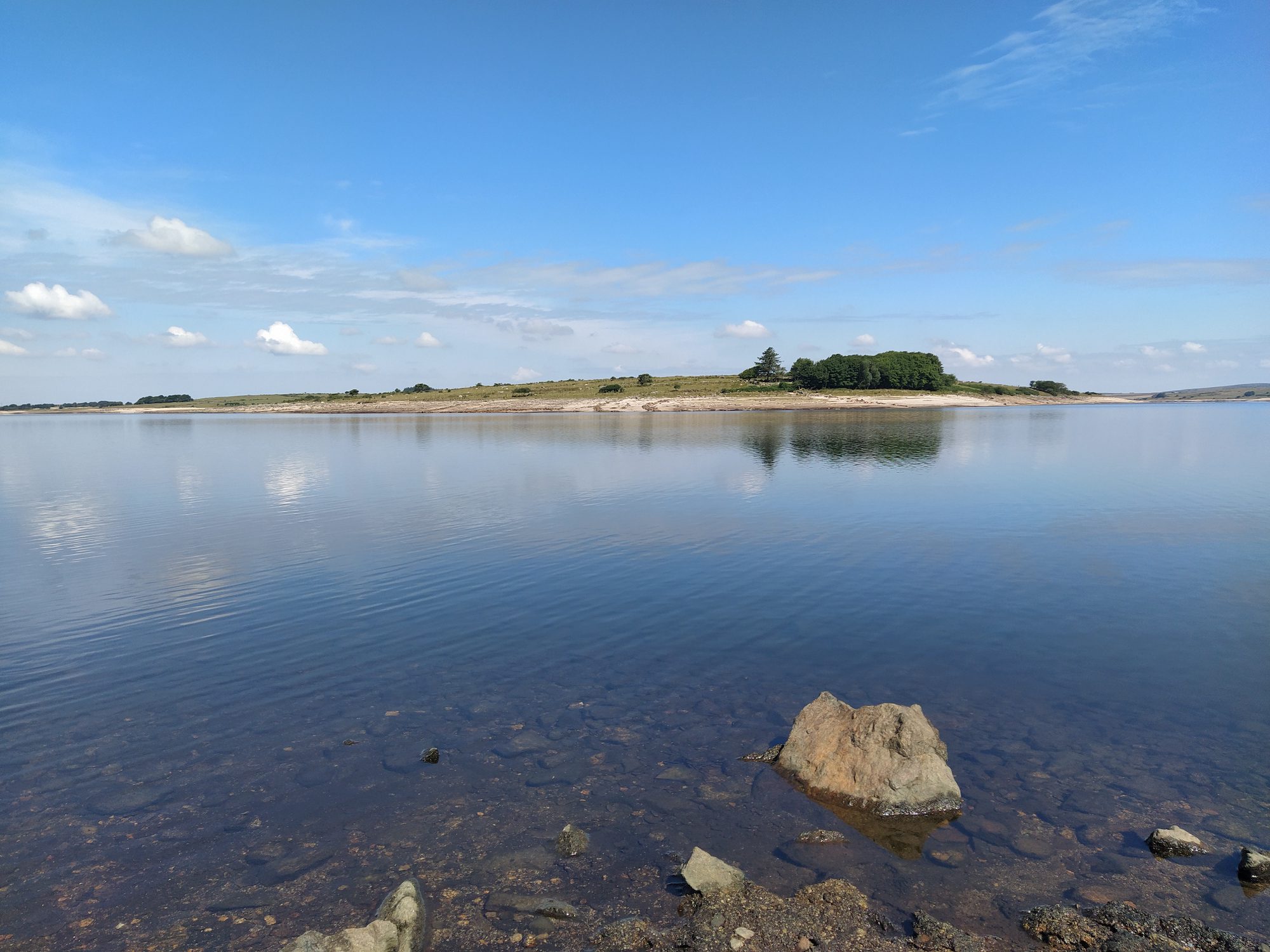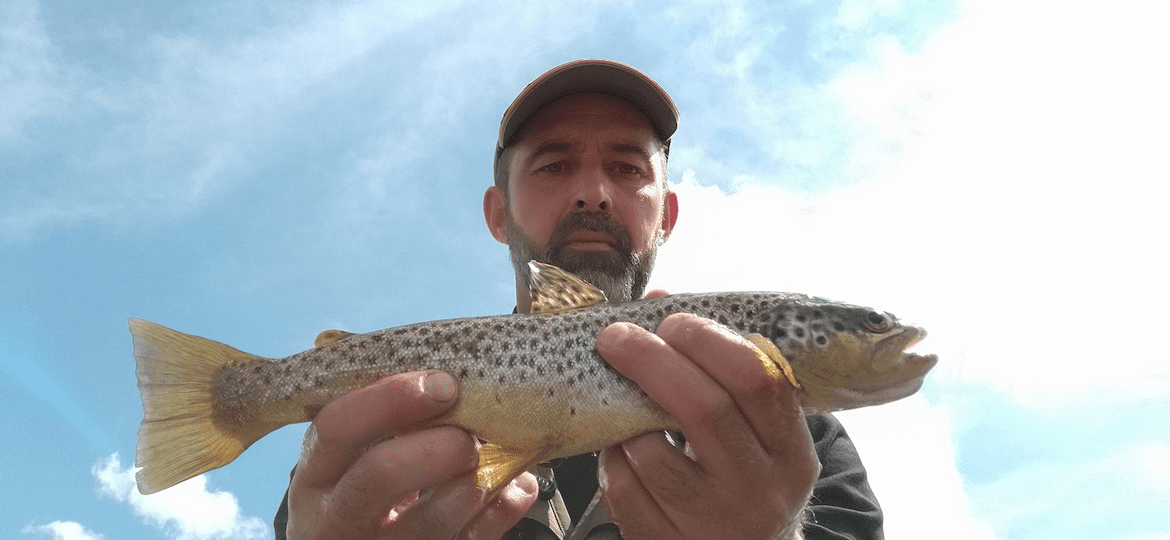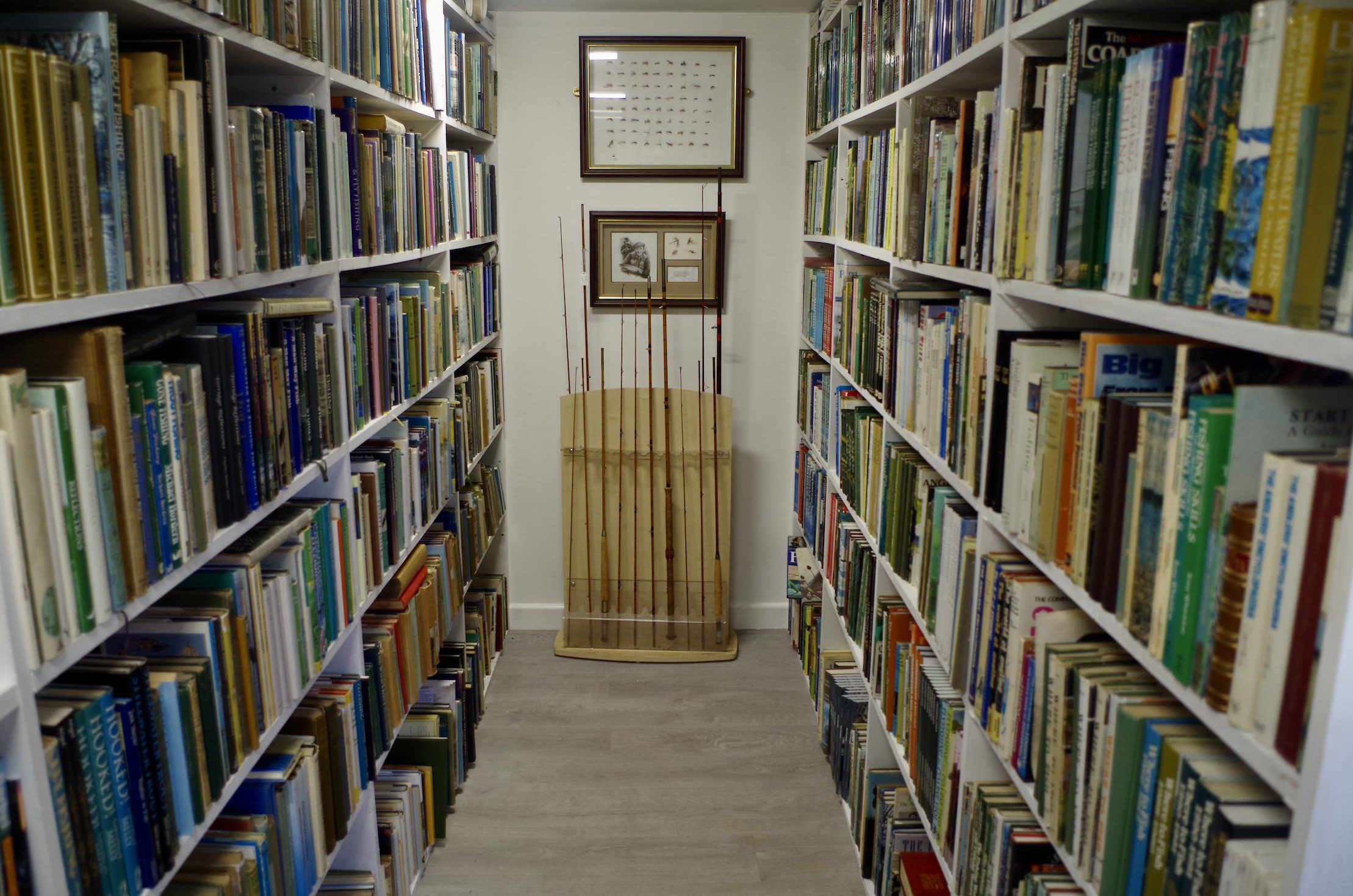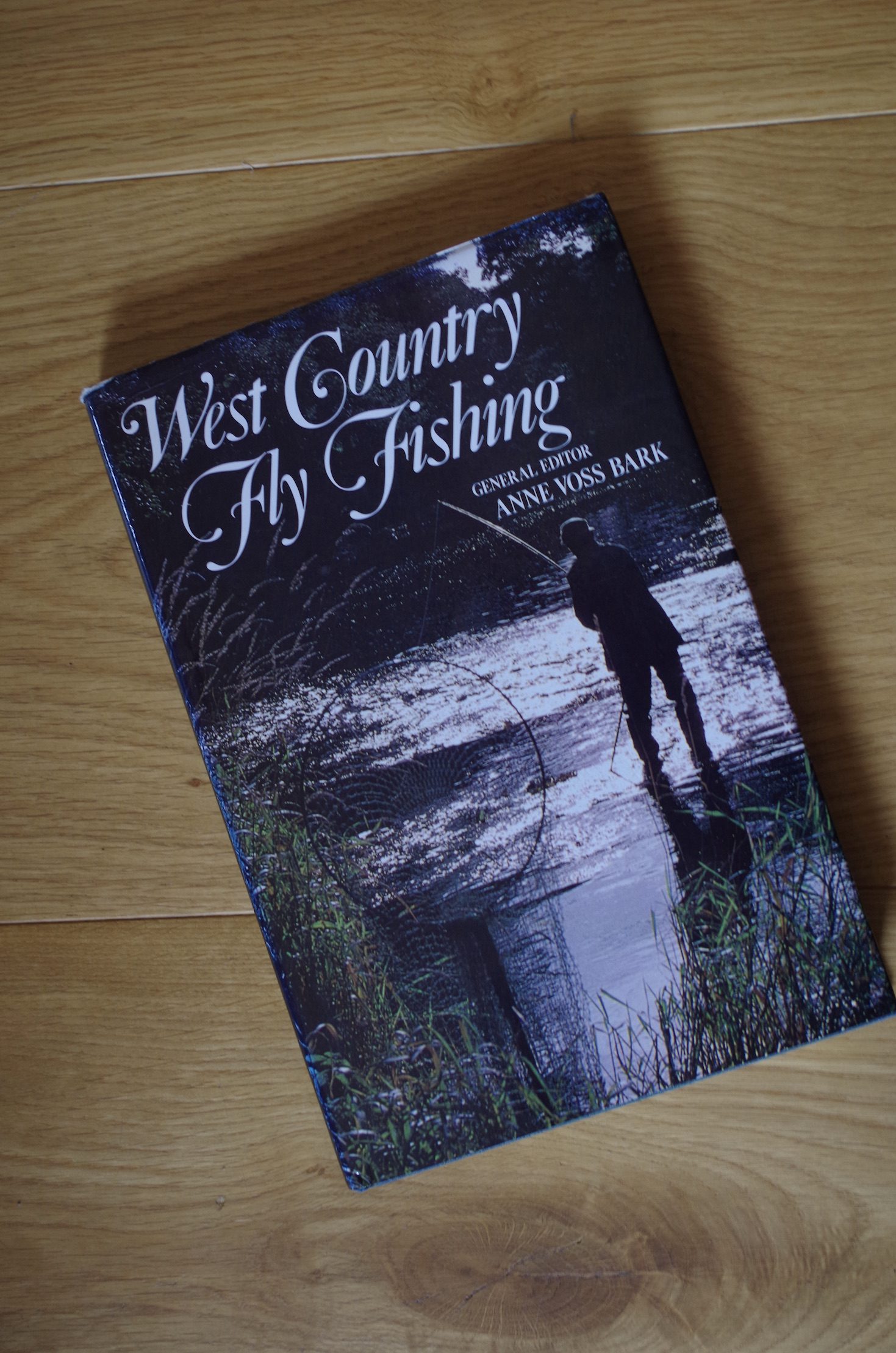
In spite of recent rainfall, water levels are still low in many of the reservoirs, with many still under 40% capacity. South West Lakes’ brown trout waters (Colliford, Fernworthy, and Roadford) closed for the 2022 season on 15 October. The remaining rainbow waters are due to stay open until 30 November.
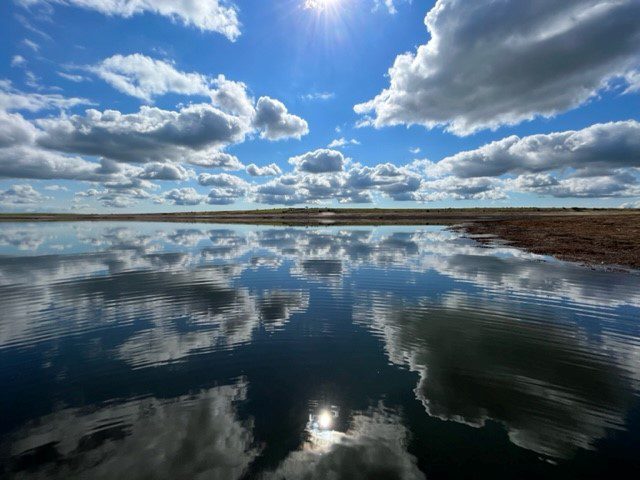
Fishing:
Kennick – The fishing has been slow at Kennick this month, with little surface activity, and most fish being taken on a slow-fished sunk or sink-tip line, with the deeper water by the dam, central midwater, Clampitts Bay, and off the East Bank producing the best sport. Various Damsel patterns and lures (Cormorants, and various Boobies) have been responsible for most catches – however there were no particularly large fish or outstanding bags recorded.
Burrator – Rods averaged 2.7 fish per angler over the month, with Longstone, Pig Trough, and North Shore the most productive banks. Fish were still looking to the surface to feed, and Daddies, Claret Hoppers, and Hawthornes all tempted fish, although generally sub-surface nymphs (Damsels, Diawl Bachs, Montanas, and Buzzers) and lures (Orange Tadpoles, Black Goldheads, Orange Blobs, Boobies, and Flash Minnows) accounted for most of the catches. Floating and intermediate lines along with medium retrieves proved to be the most successful tactic. Matt Baines and Andy Cottam (from Plymouth) both caught full bags of five fish up to 2lb 8oz.
Siblyback – Water levels are very low (just getting back to 30% capacity), and the fishing has been hard. Stocky Bay and the deeper water by the dam have produced the best sport, with anglers catching fish on Buzzers, Damsel Nymphs, Montanas, and Bibios using an intermediate line.
Stithians – Water levels are still very low here – at the time of writing only 19% full. Floating lines with Daddies or a selection of wets (Bibios, Soldier Palmers, Damsels, and Dunkelds) were responsible for most catches, with Goonlaze and the deeper water by the dam the most productive banks to fish.
Fernworthy – This brown trout fishery continued to produce good fishing, with anglers averaging over three fish per rod, either on dry sedge patterns or Pheasant Tail Nymphs, Black Pennels, and Bibios. Levels have now started to rise here to 50% capacity, and fish were caught from banks all around the fishery.
Colliford – Weekly catch rates tailed off as the month progressed, from 5.4 fish per rod, to 2.8 fish per angler. A wide variety of patterns caught fish, with dries (Sedges, Beetles, Daddies, and Hoppers) fished on a floating line and long leader, accounting for many; other successful patterns included Soldier Palmers, Buzzers, Black and Peacock Spiders, Bibios, and Mini Muddlers. Fish were well spread out around the banks, with most locations producing fish. Chris Tilyard (from Fradddon) caught six browns in one session, while Myles Gerard (from Tiverton) caught three superb naturalised fish of 1lb each.
Roadford – North Wortha Point and Grinnacombe proved to be the most productive banks, with Bibios, Foam Beetles, Zulus, Hares Ears, and Soldier Palmers fished on a floating lines catching the fish. Alan Judd (from Seaton) caught a bag of five browns to 1lb, taking fish on or just below the surface.
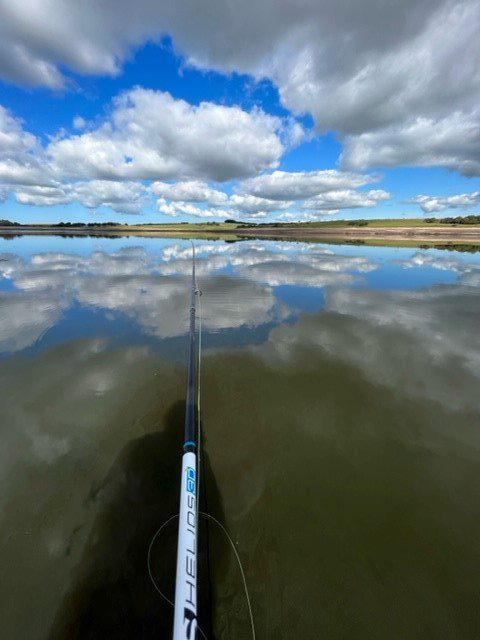
Please see South West Lakes’ website (www.swlakestrust.org.uk/trout-fishing) for more information on buying tickets (note that permit huts are not open), boat availability and booking, and forthcoming events.

Chris Hall (October 2022)
